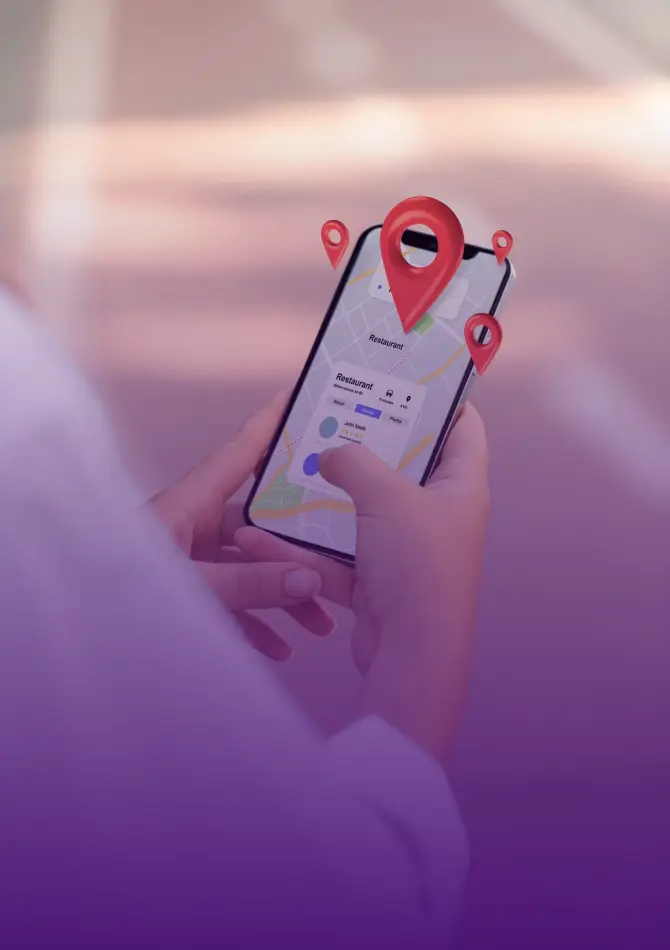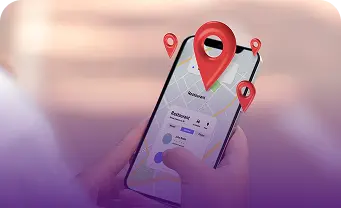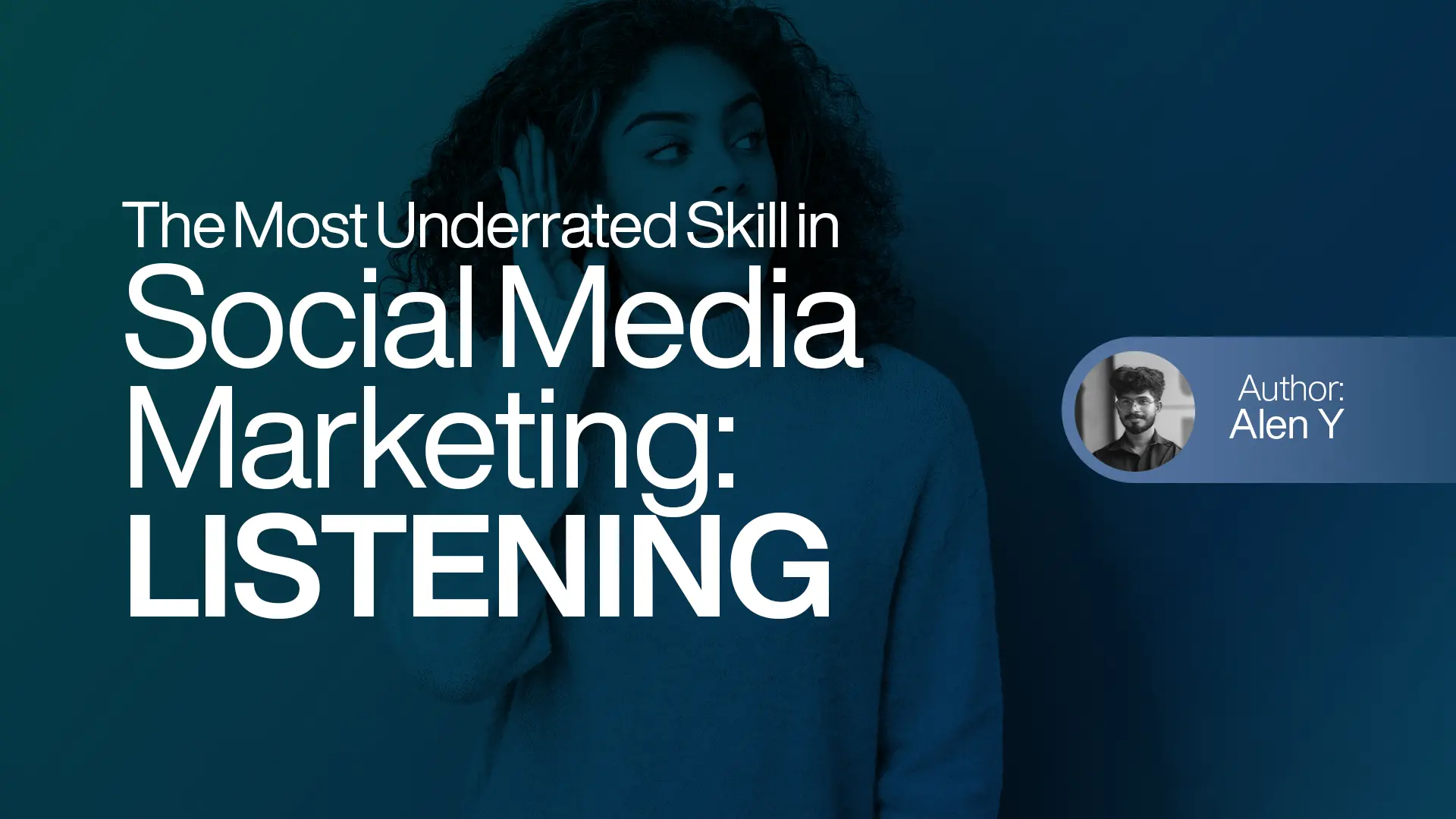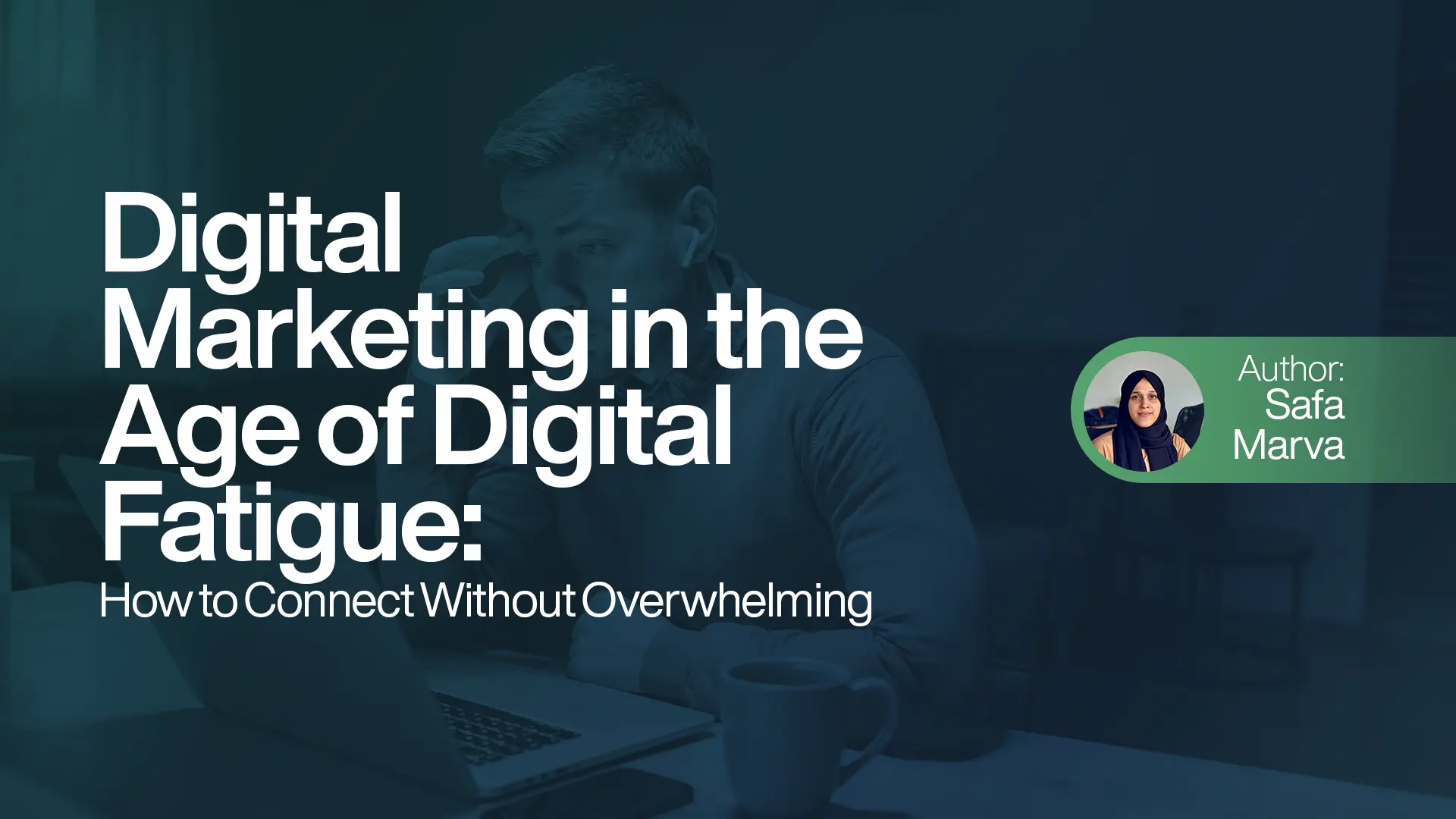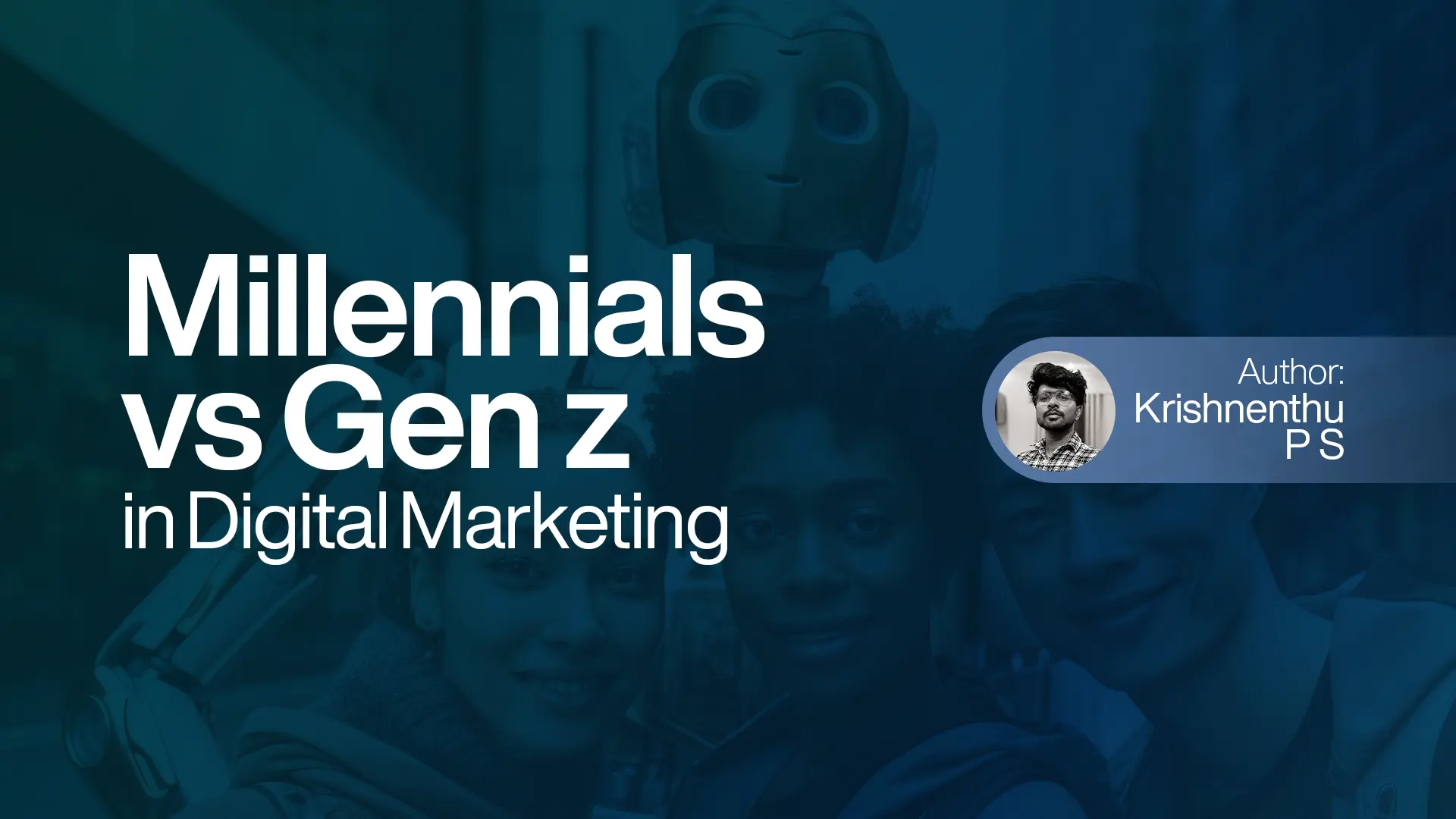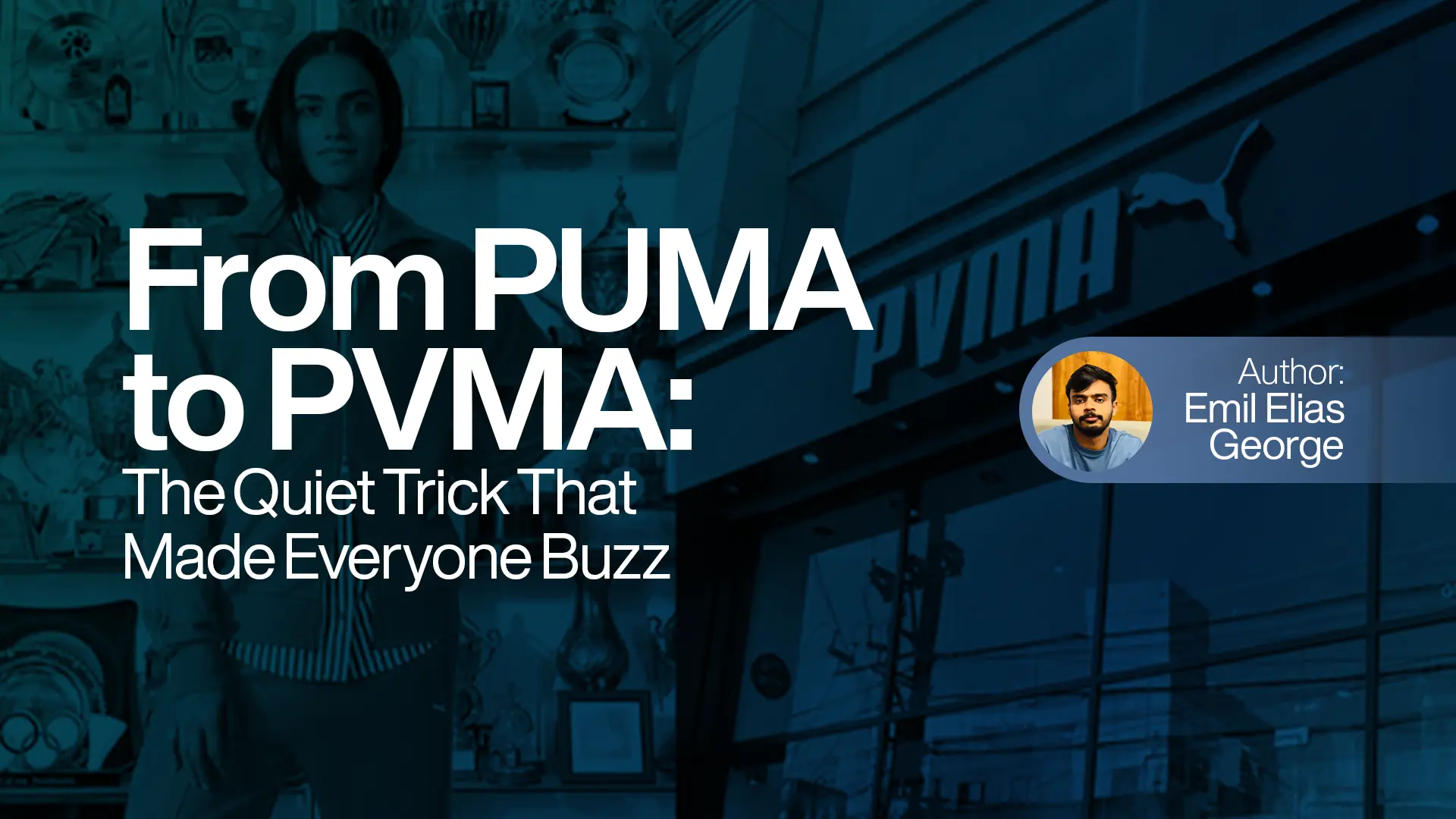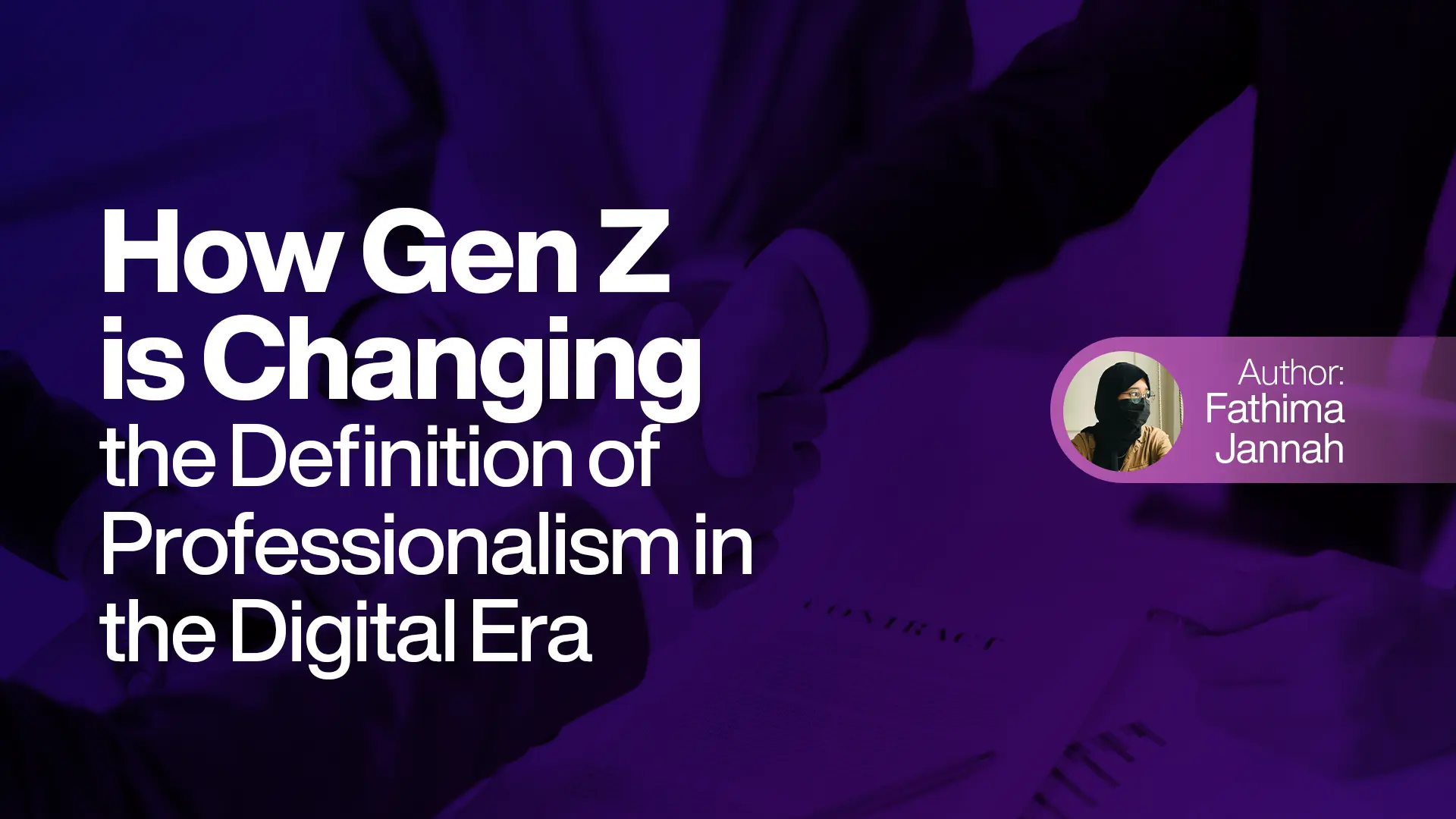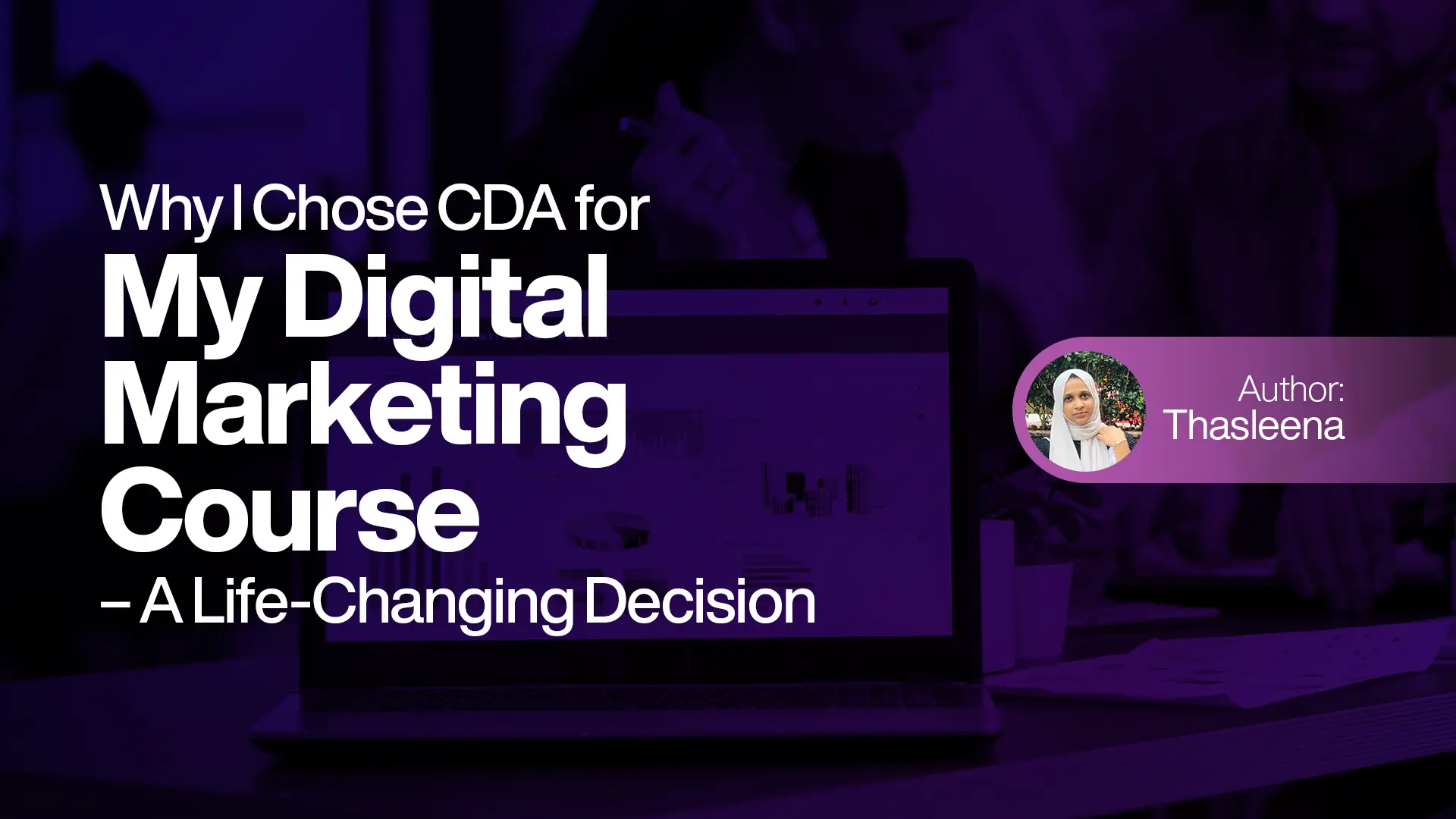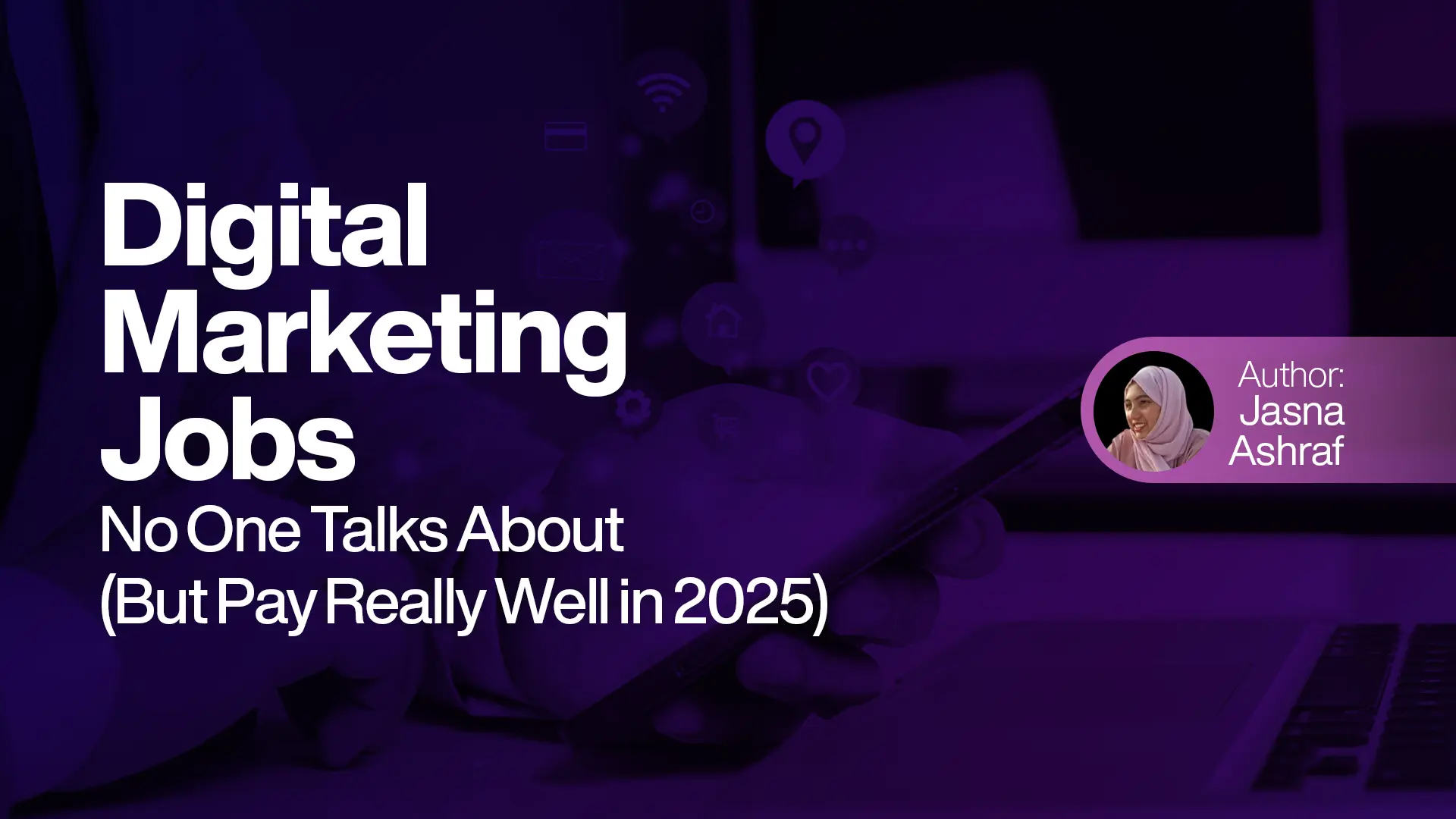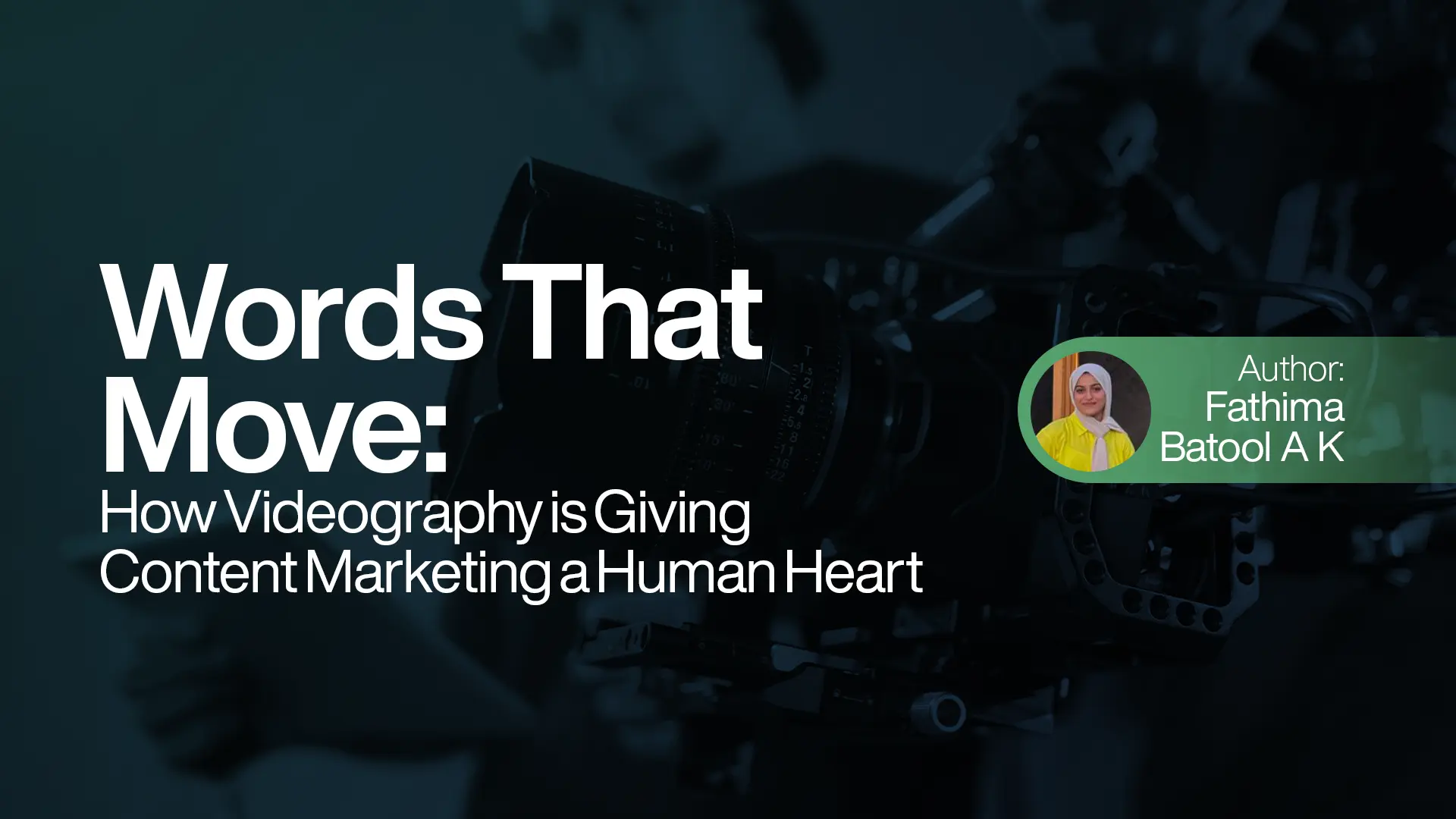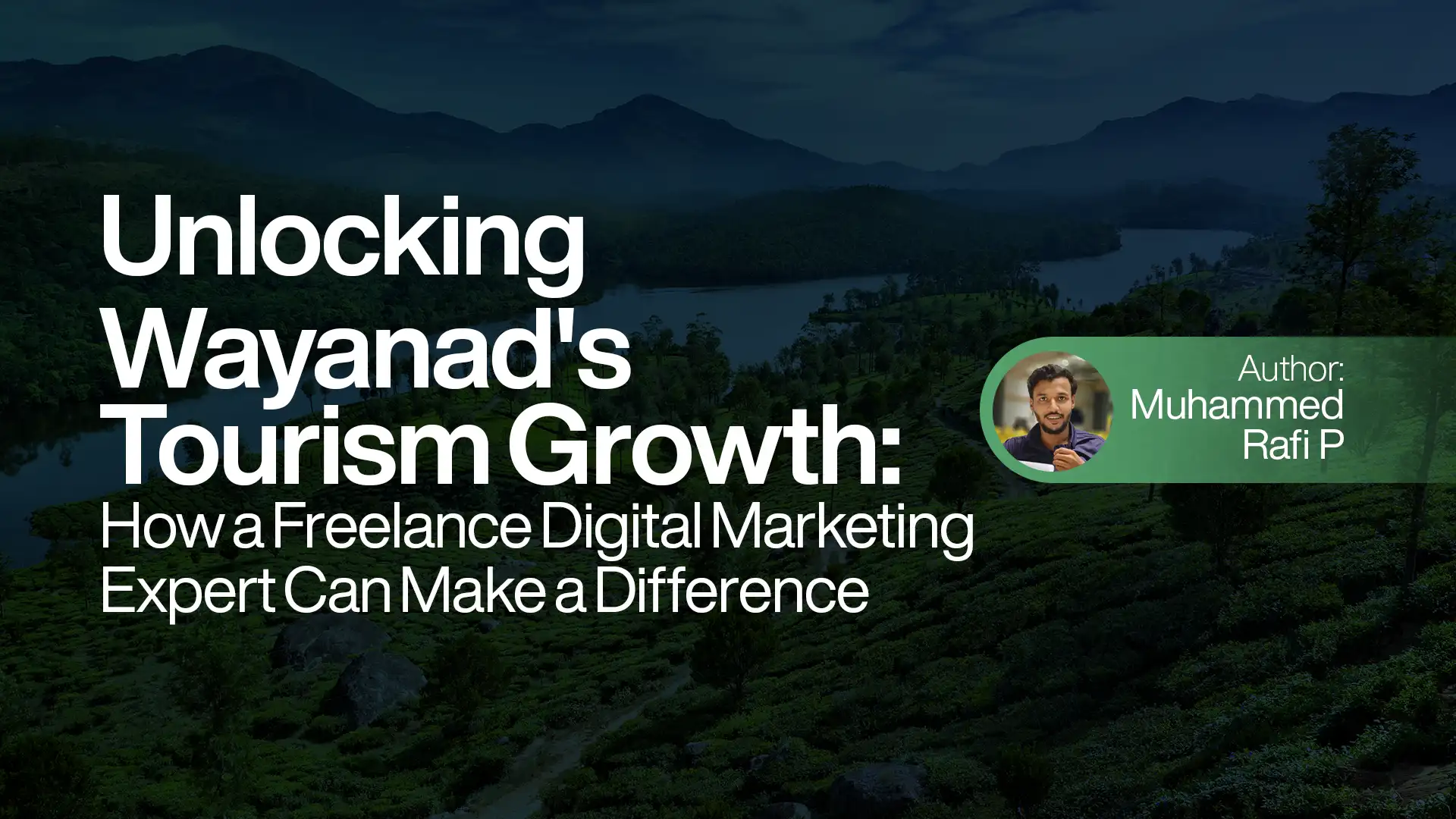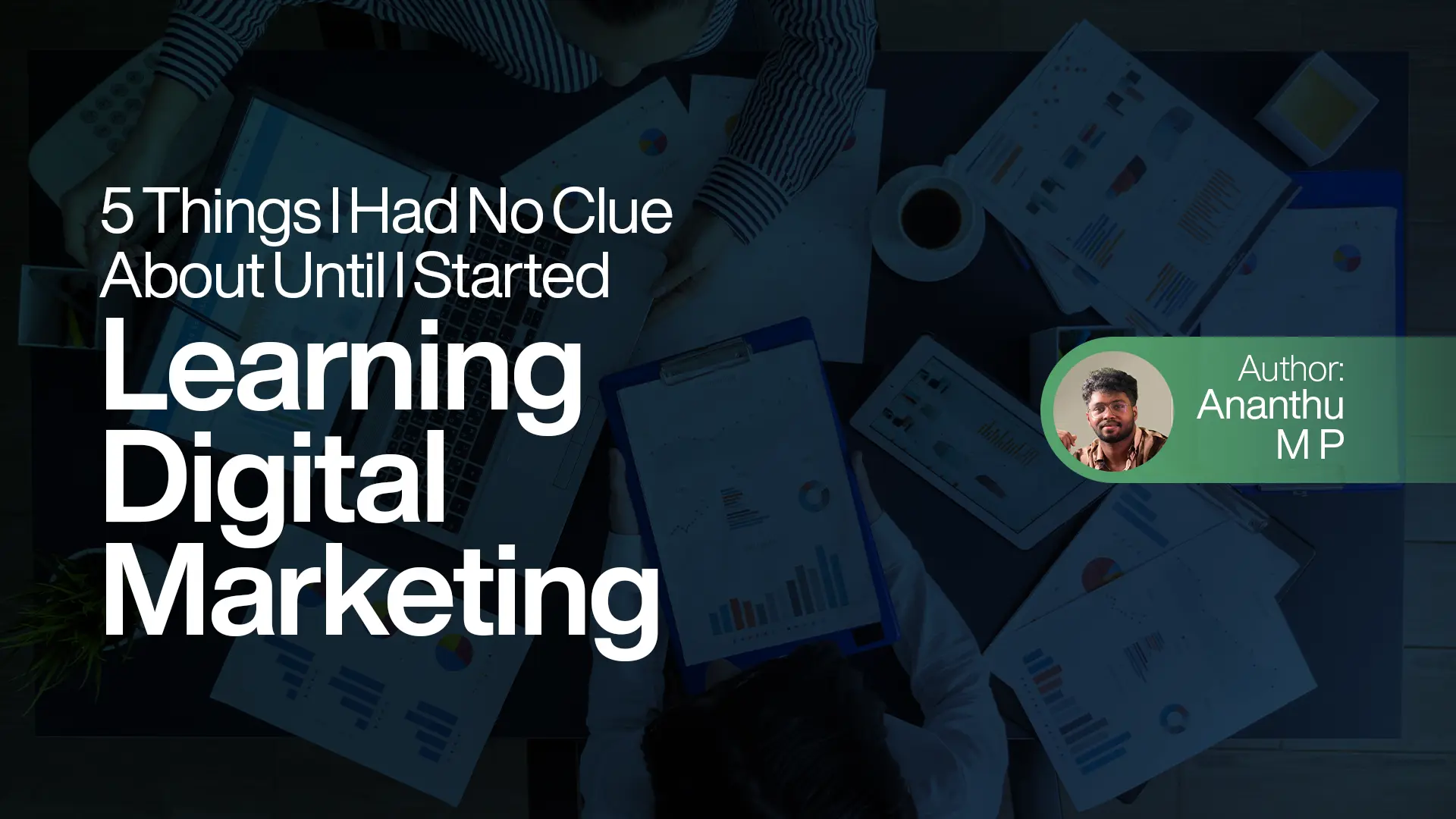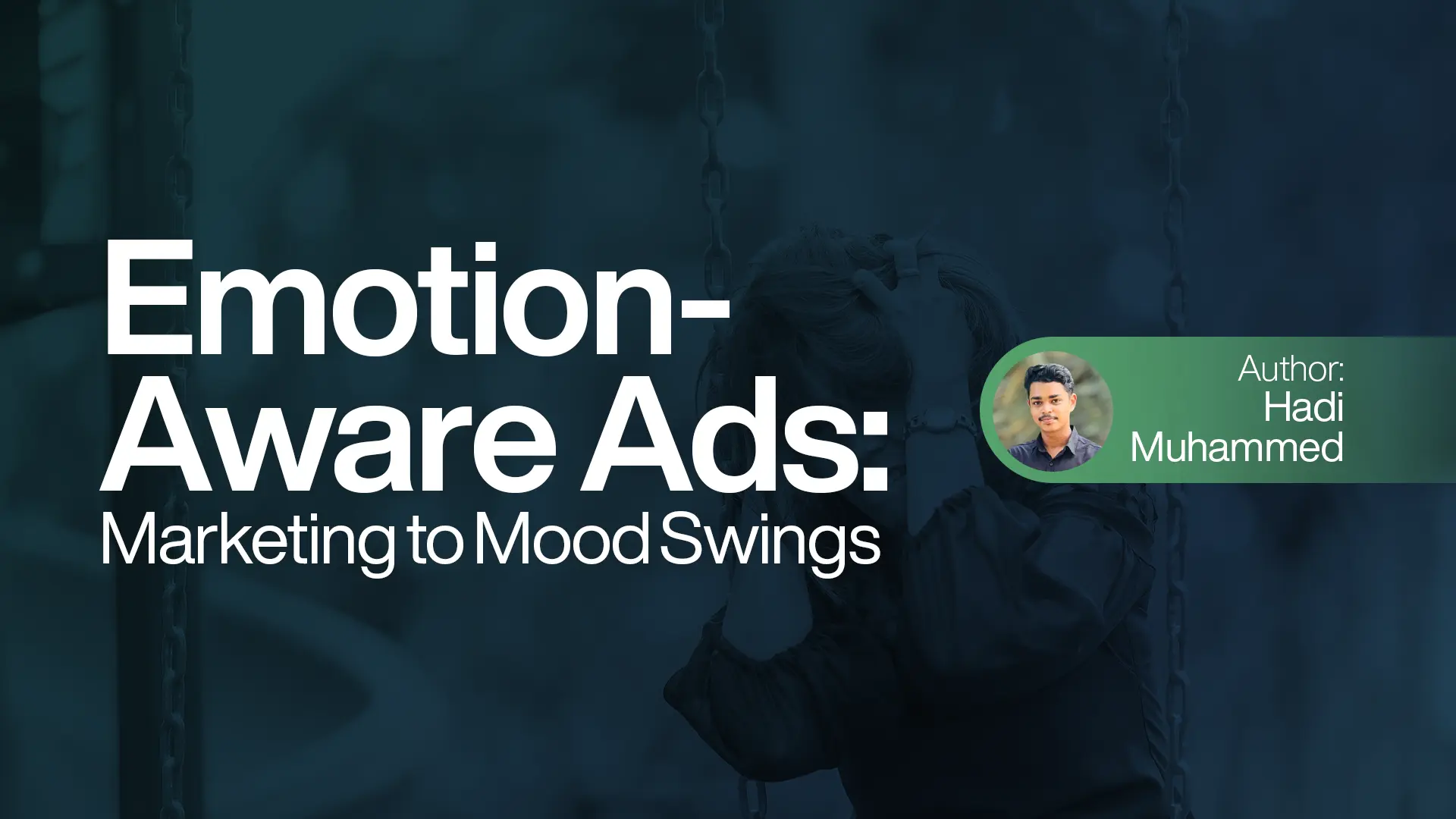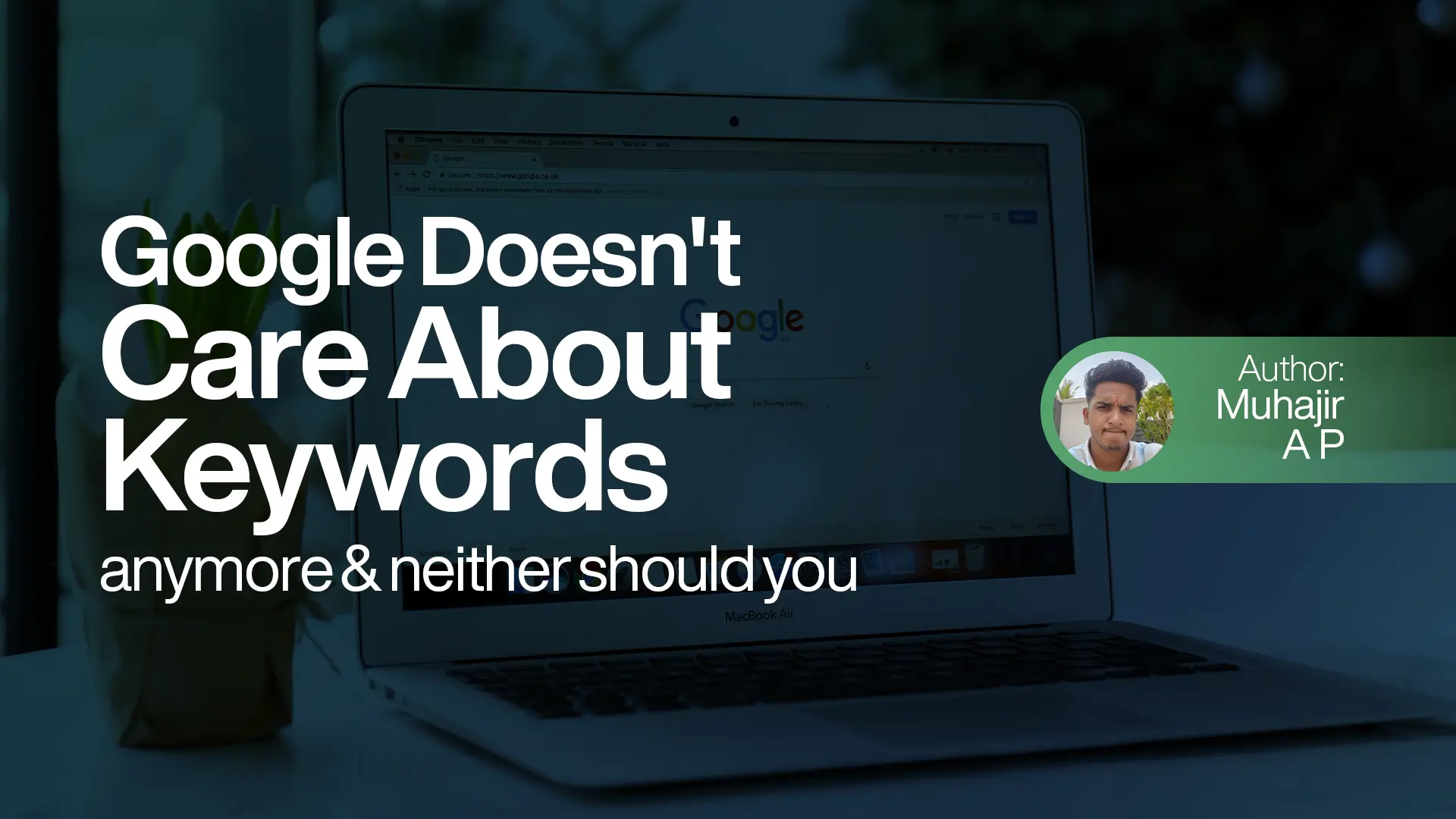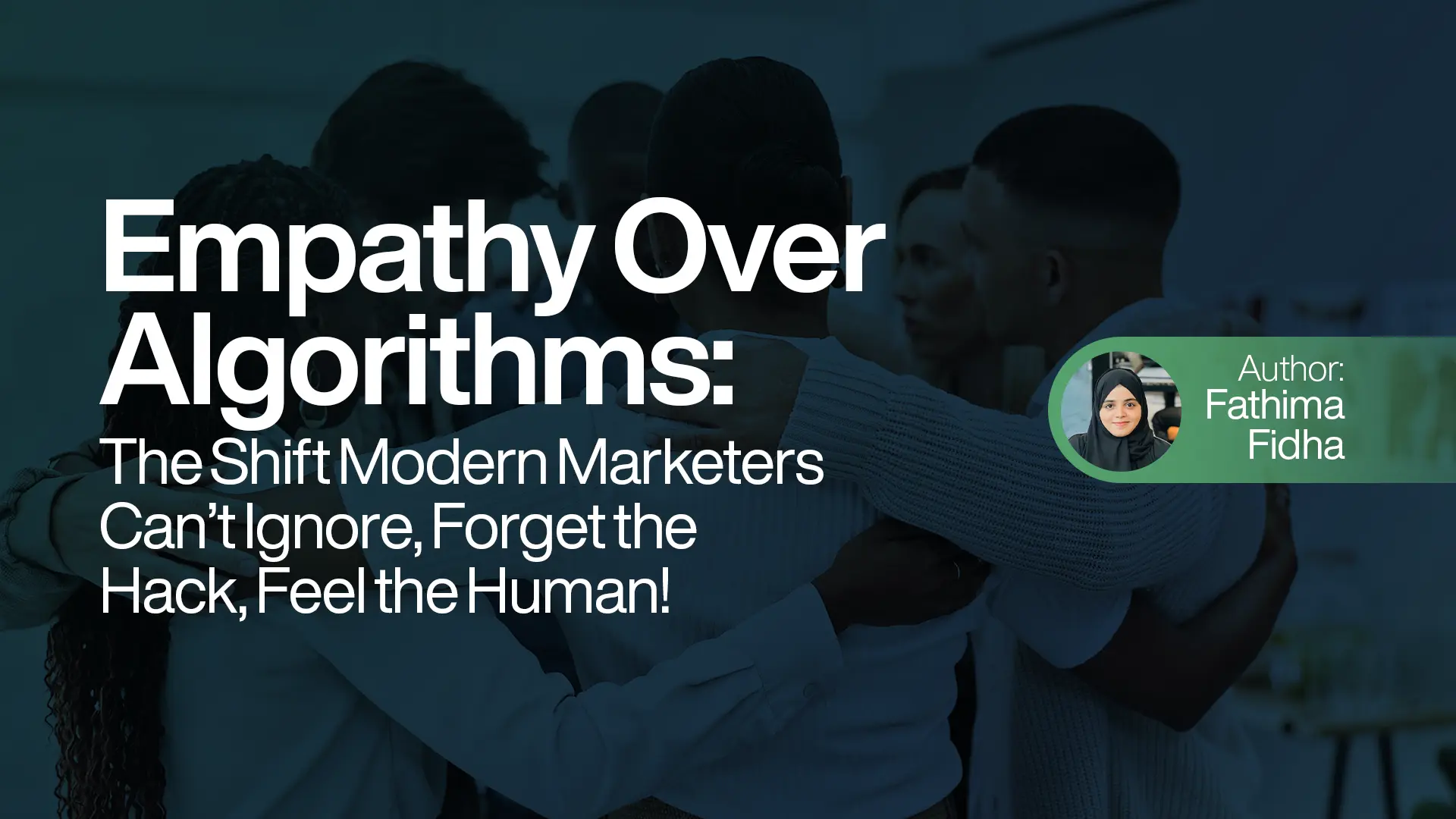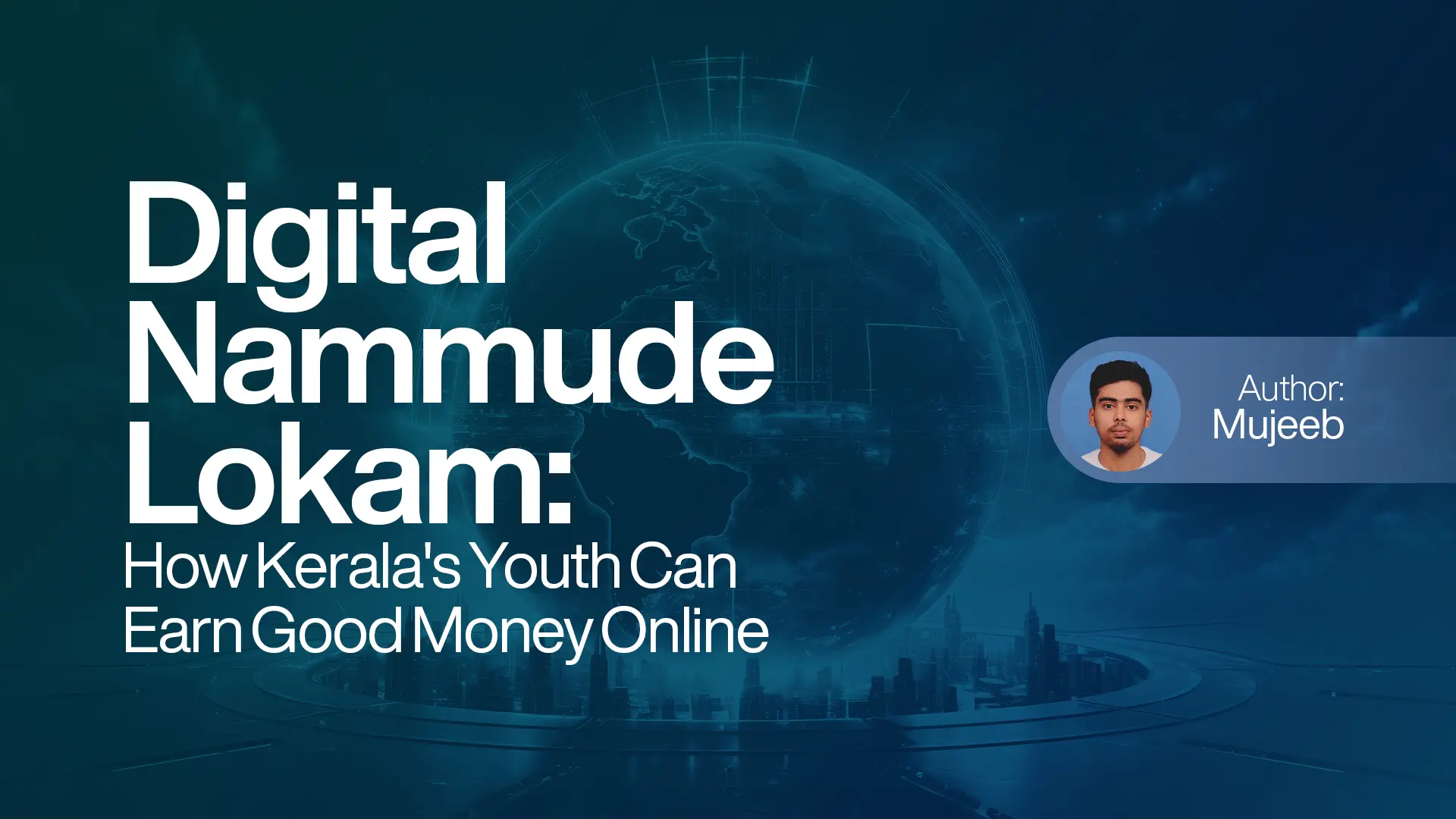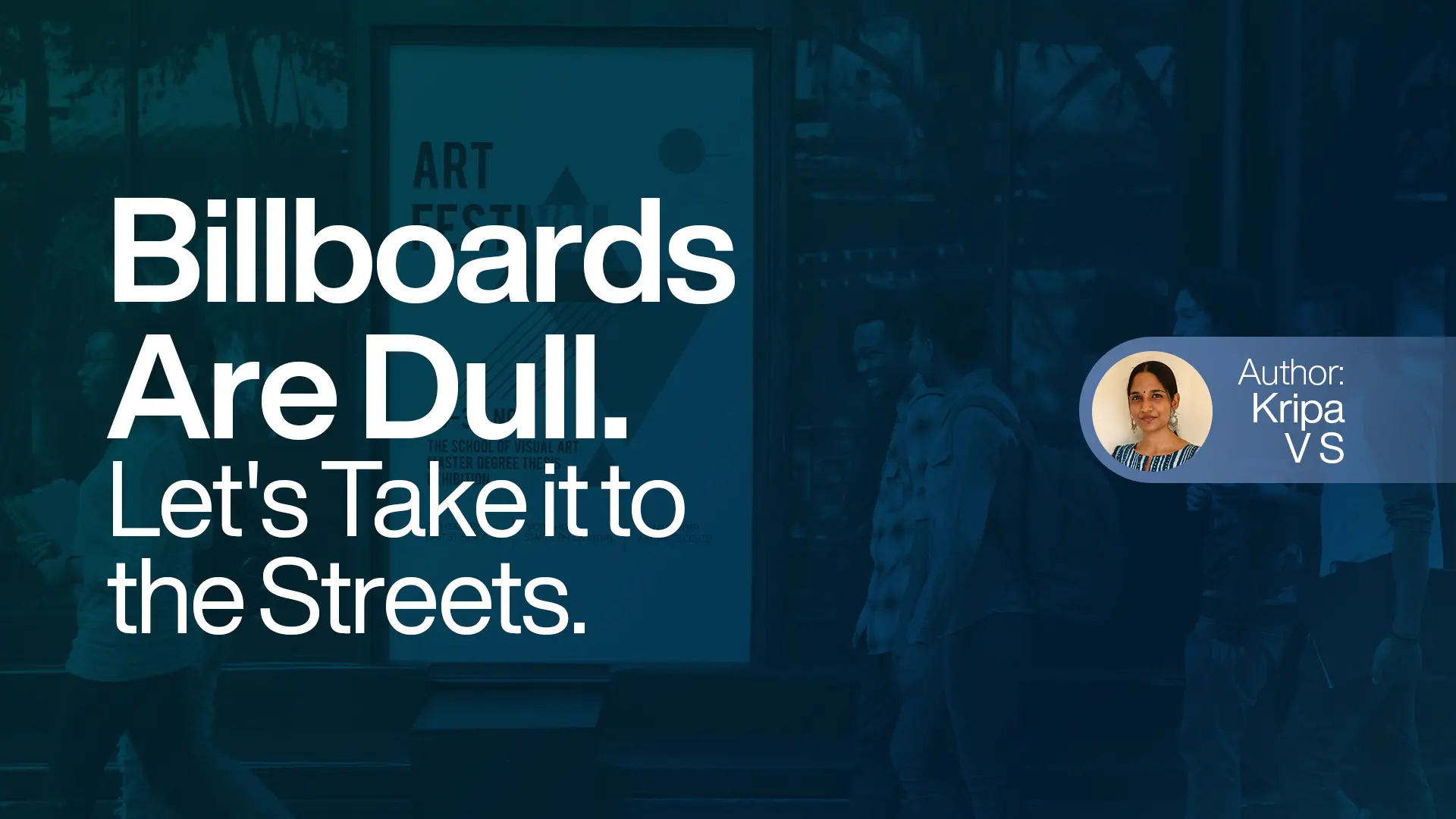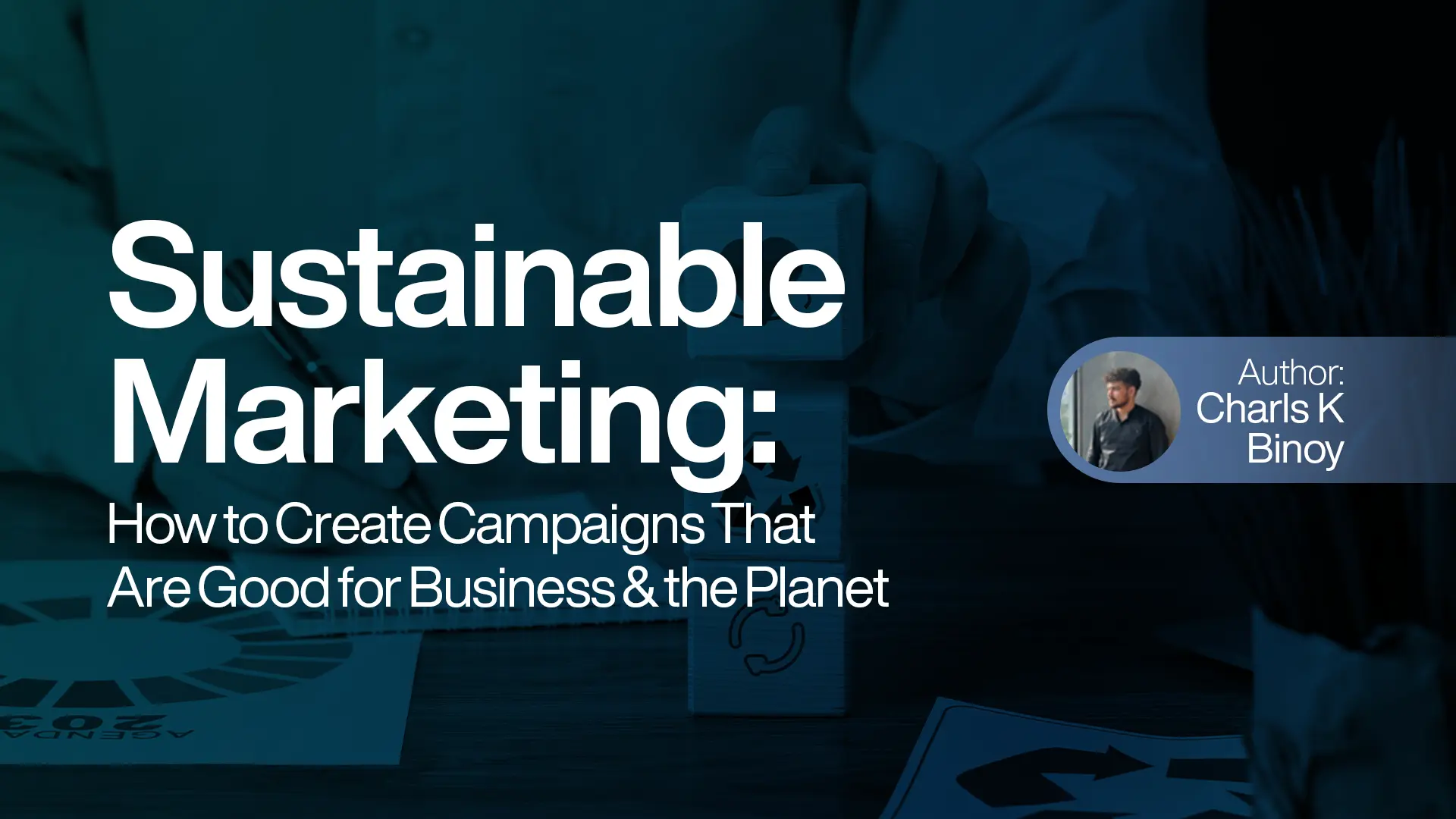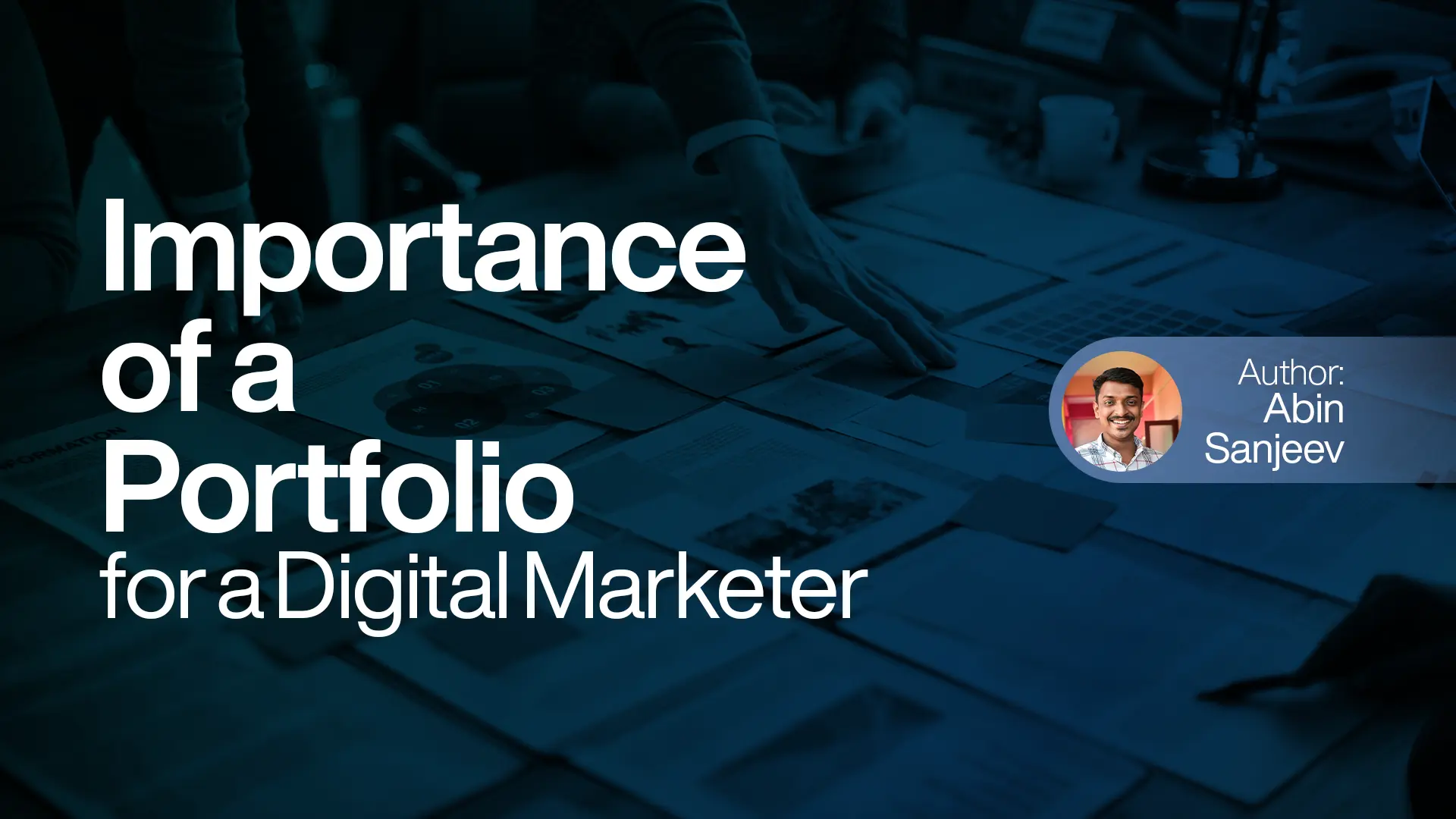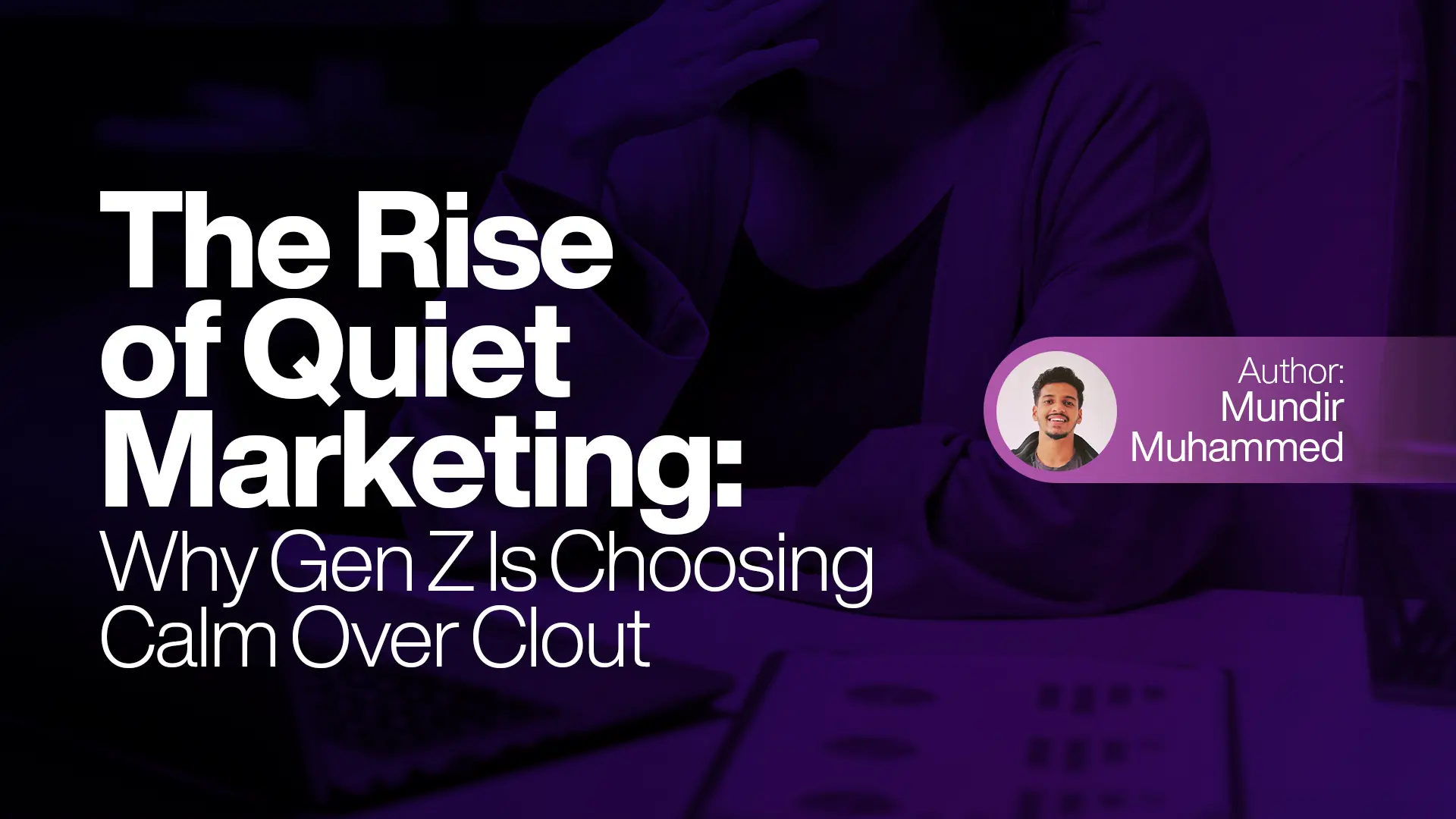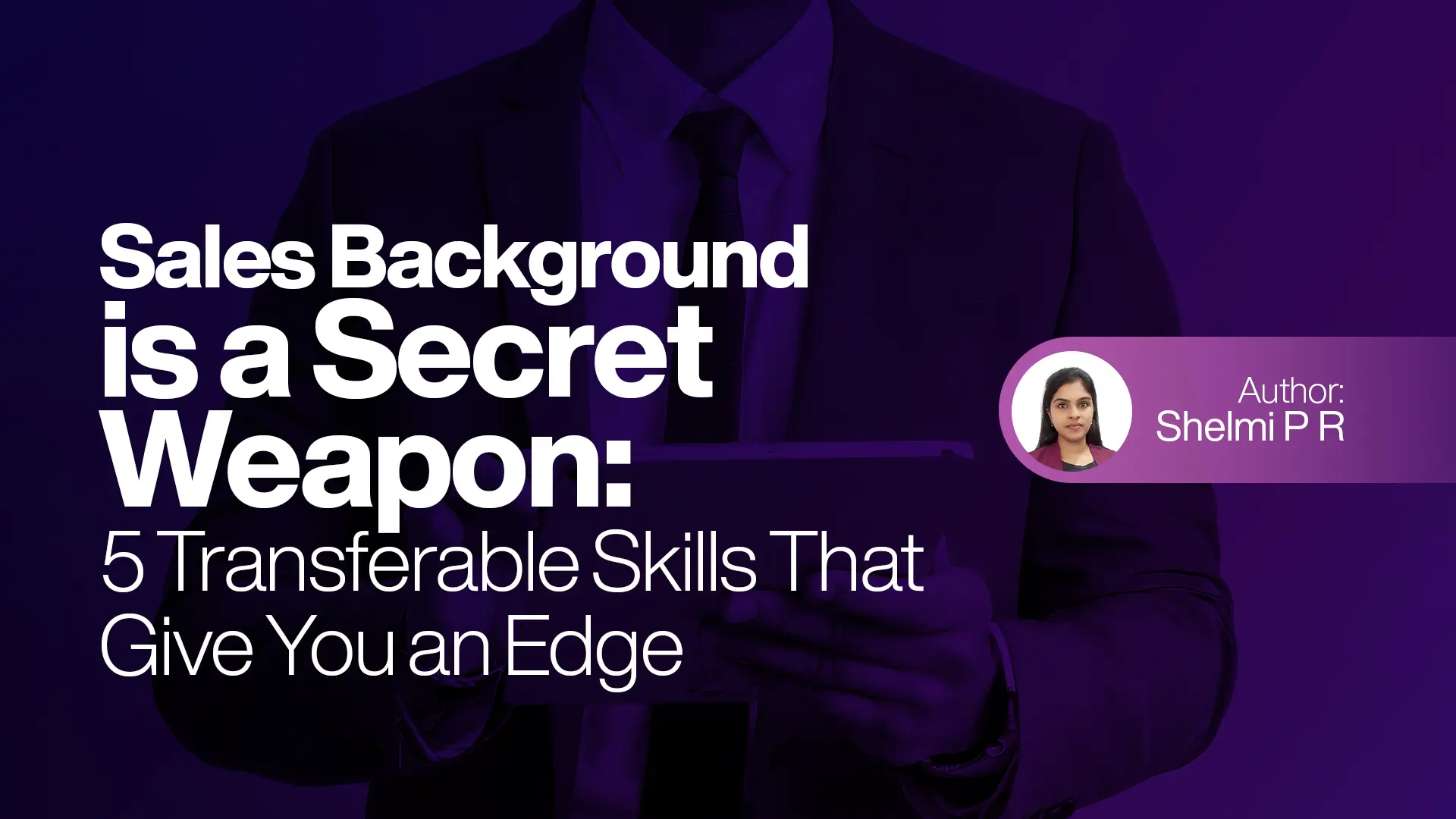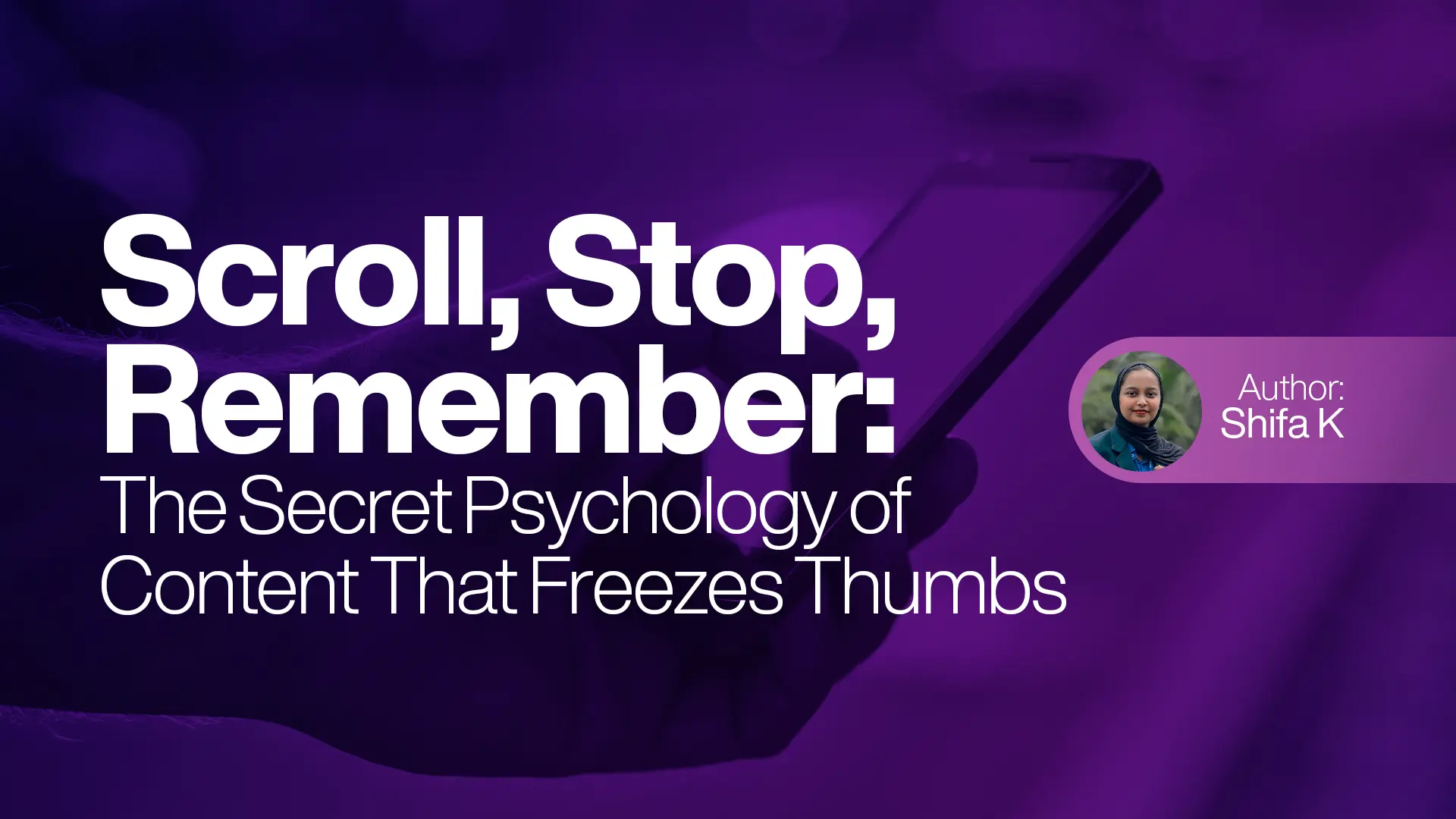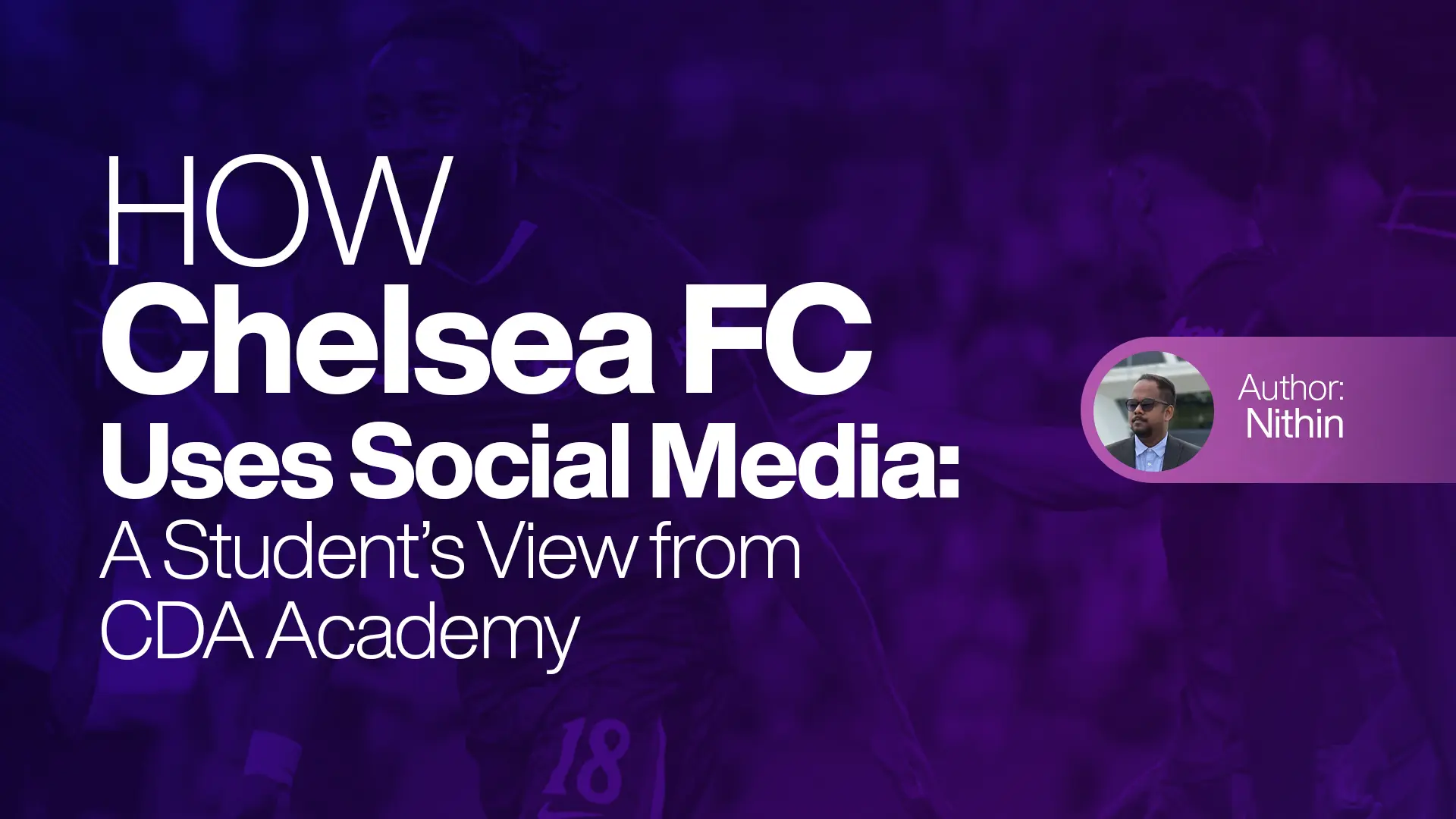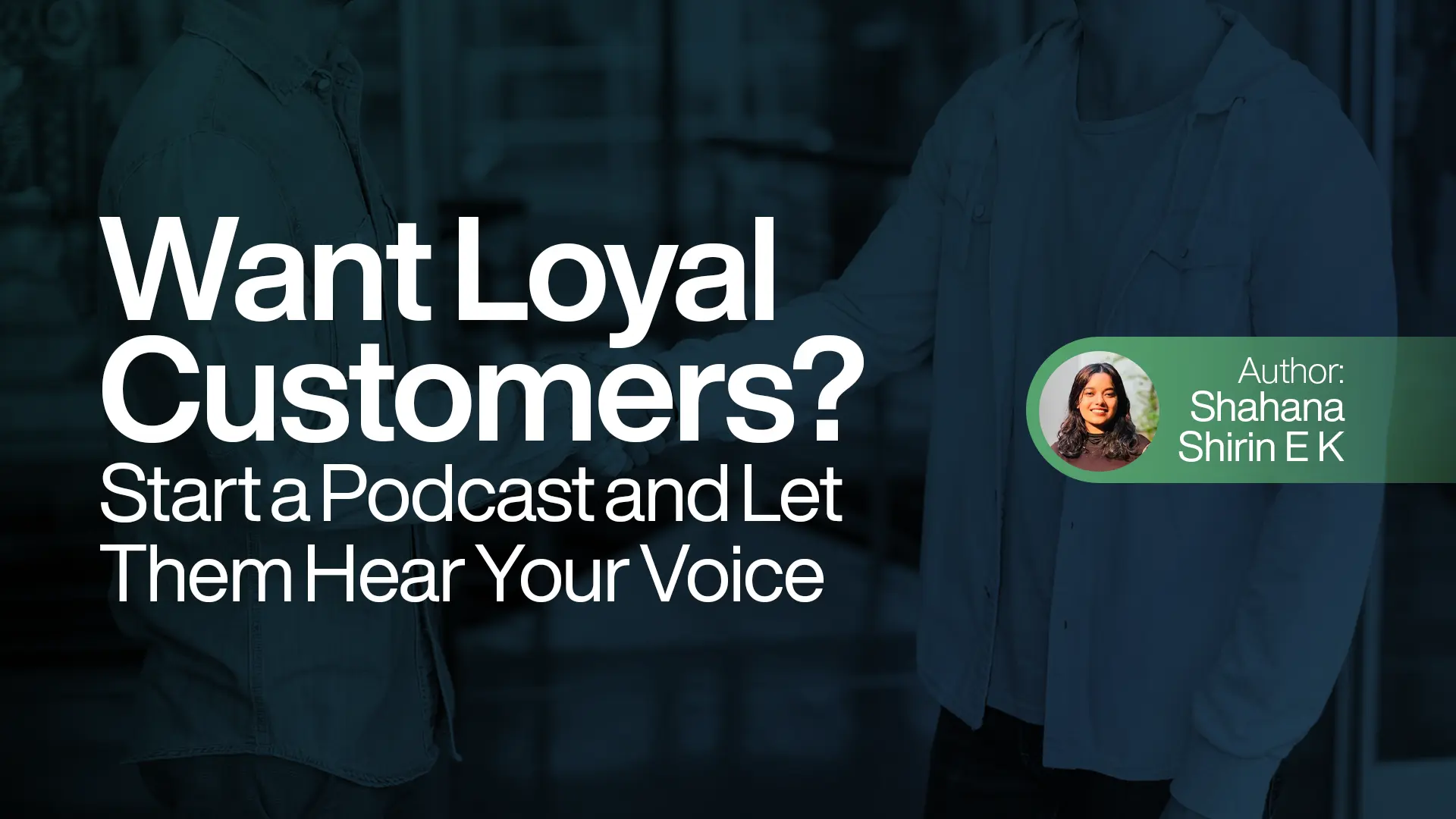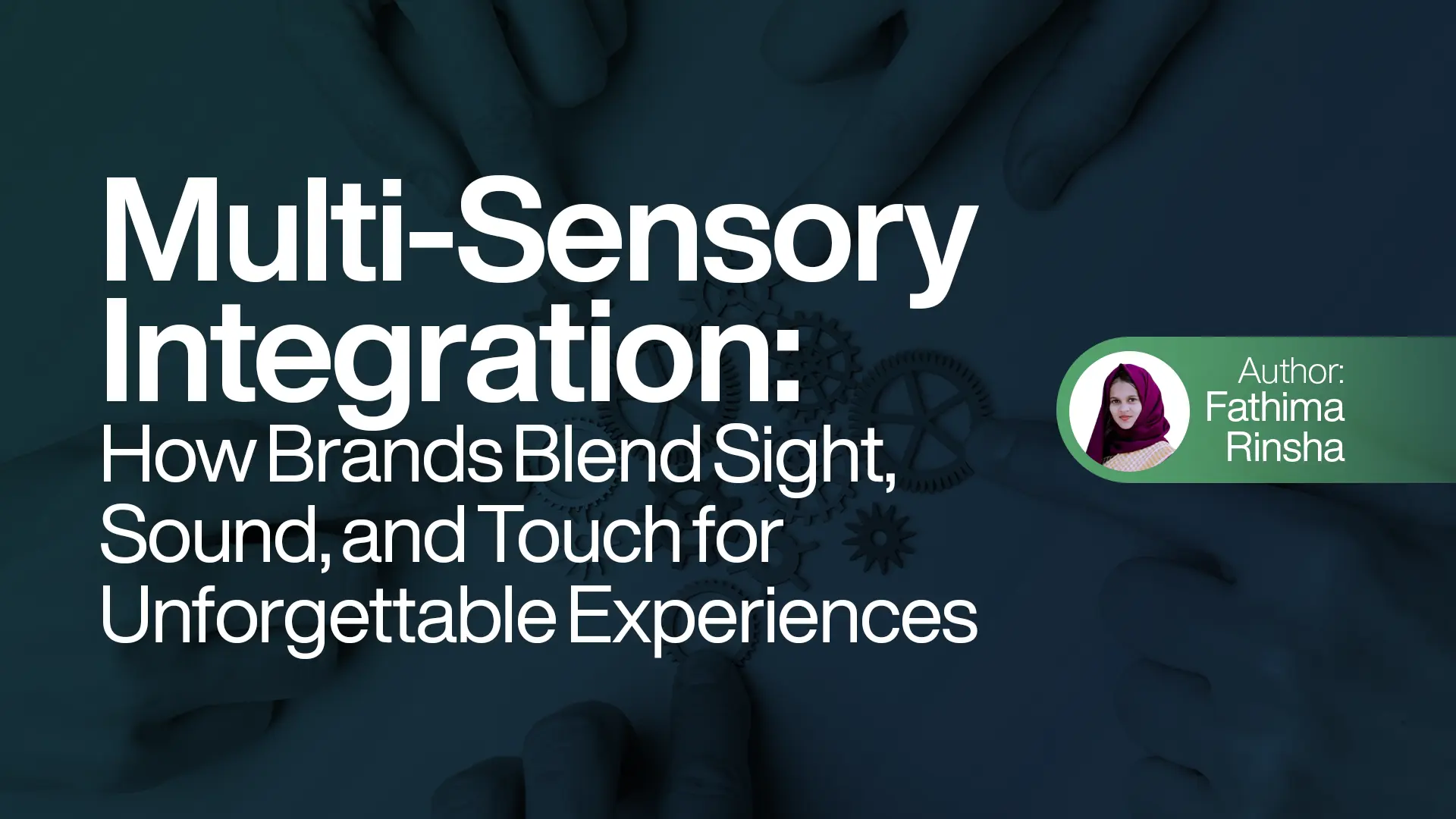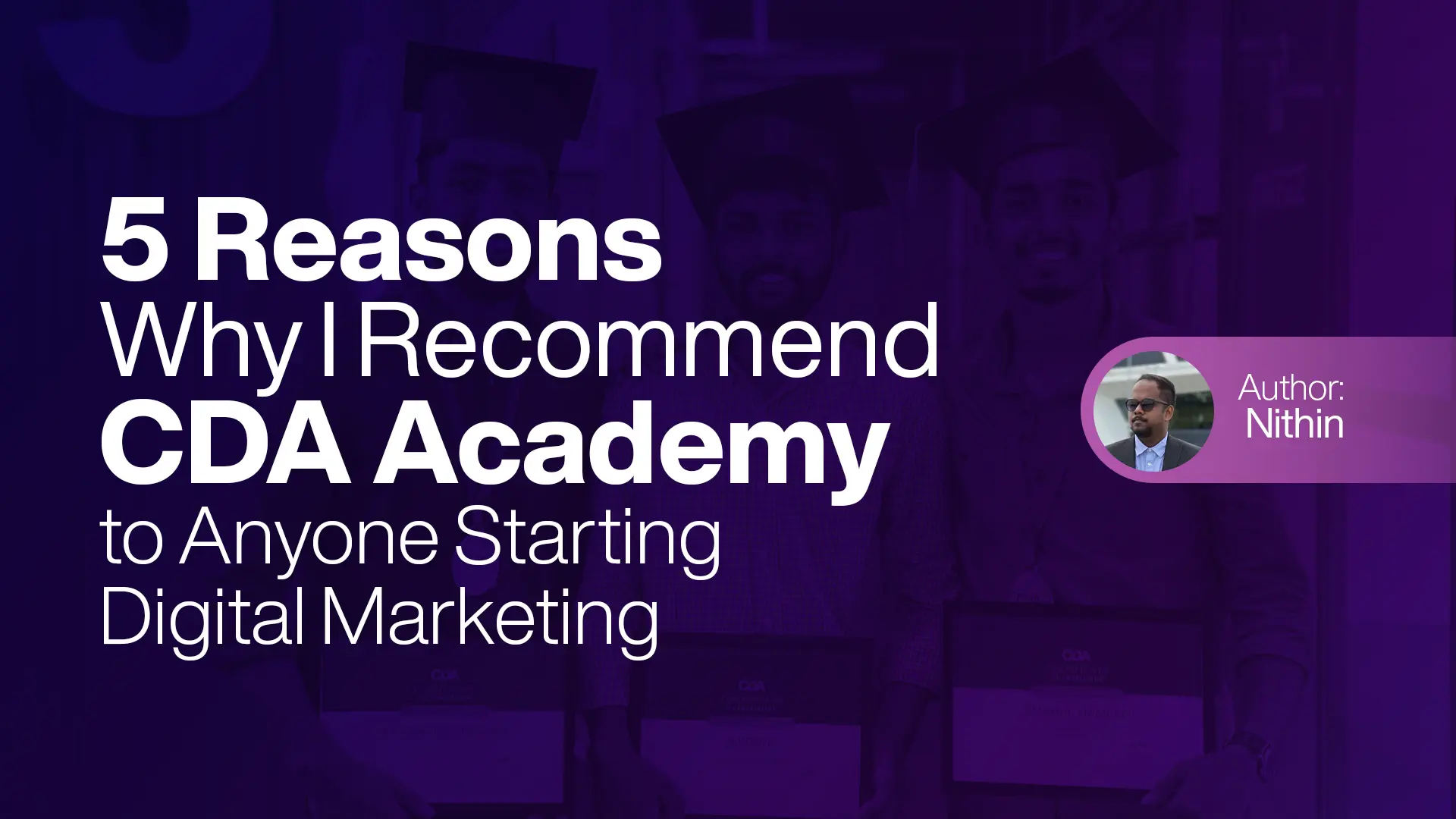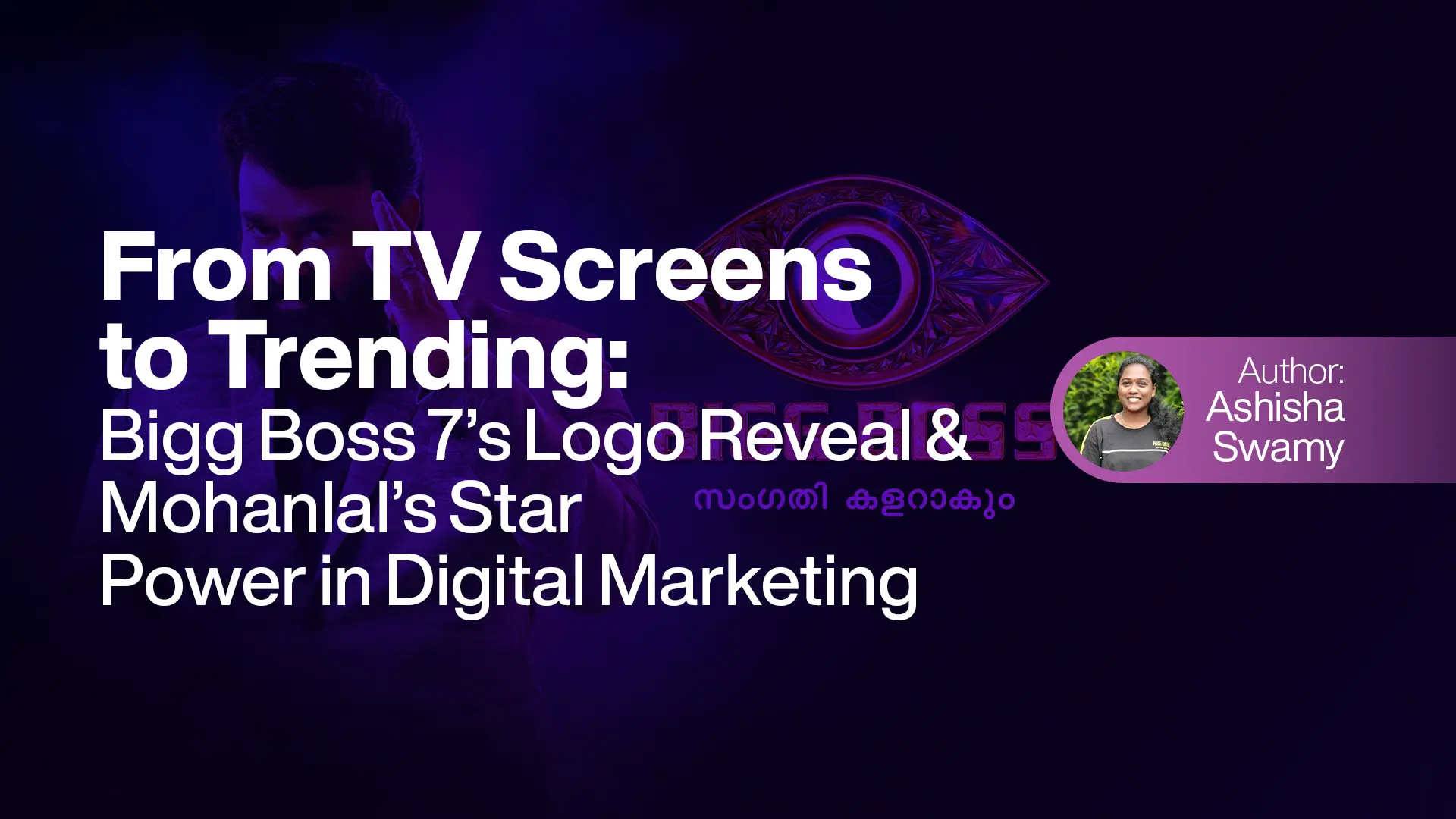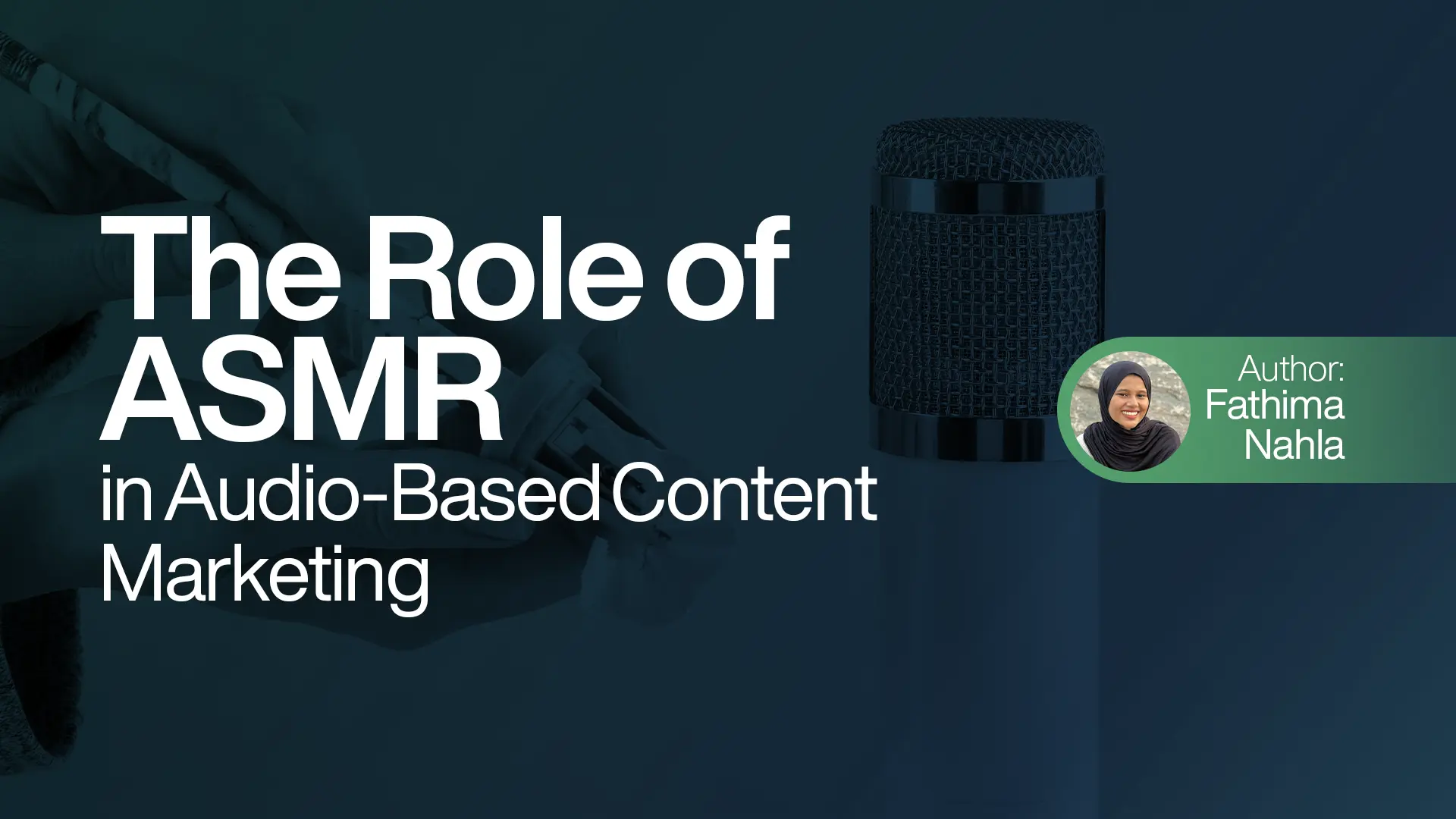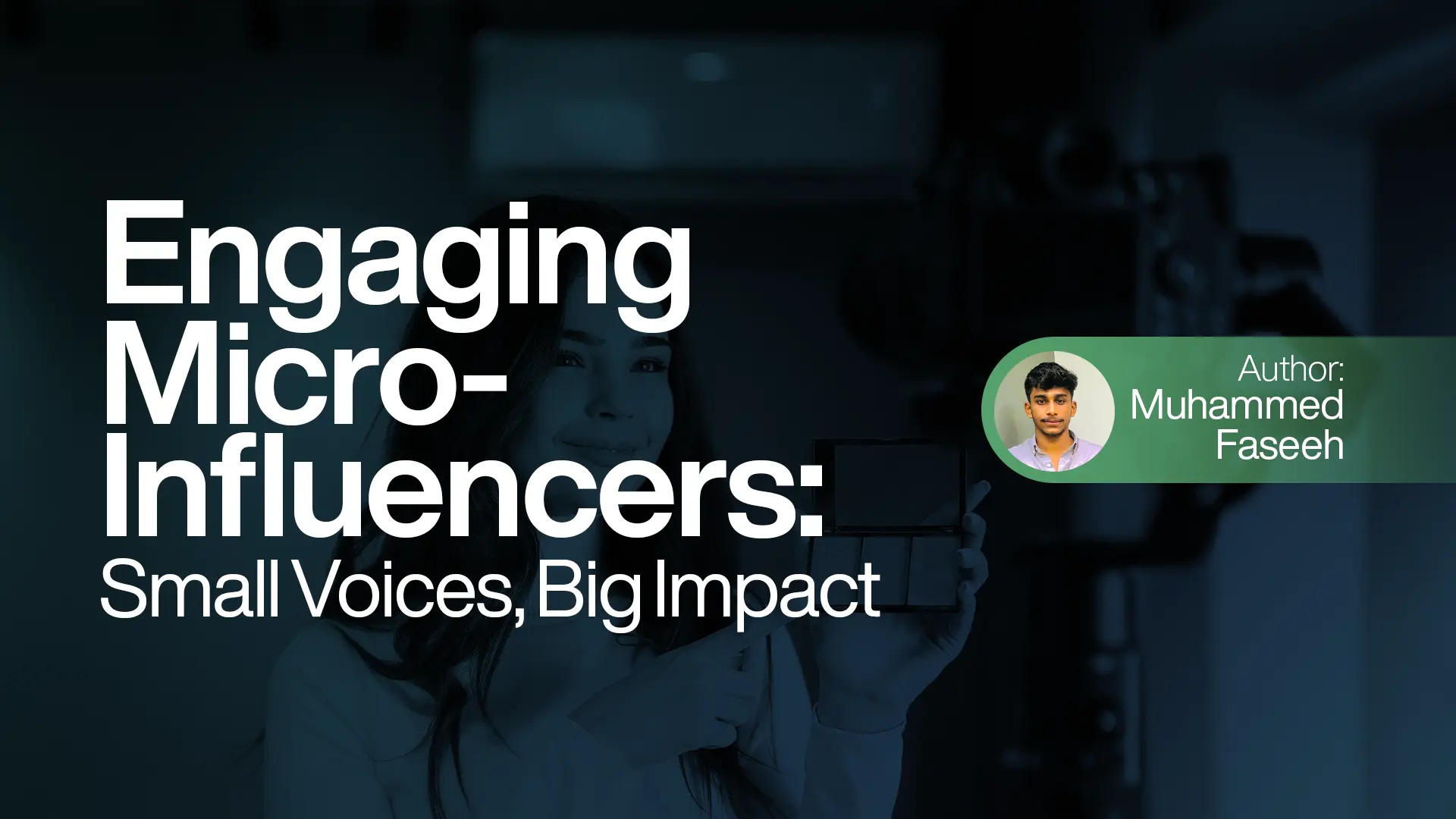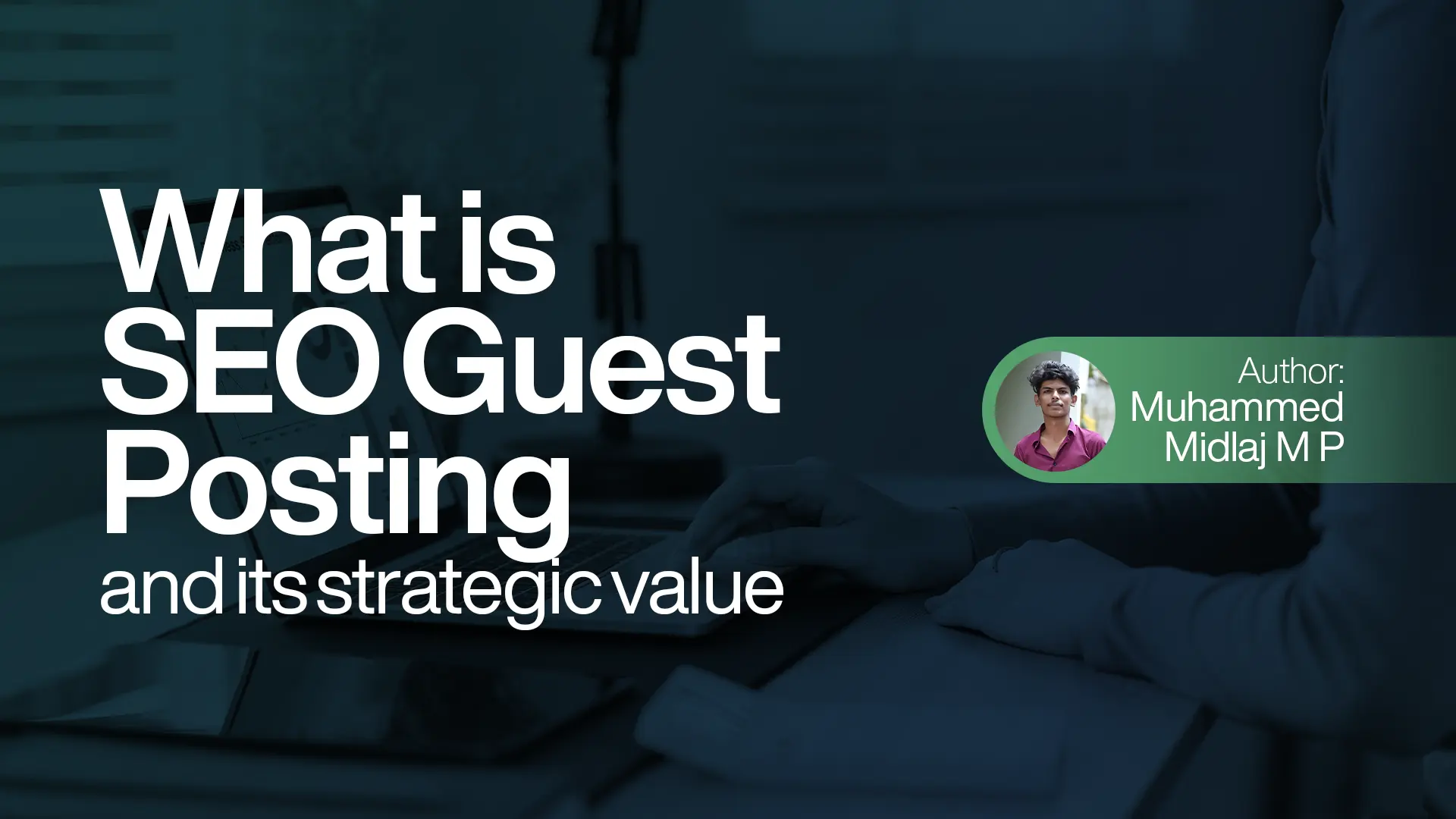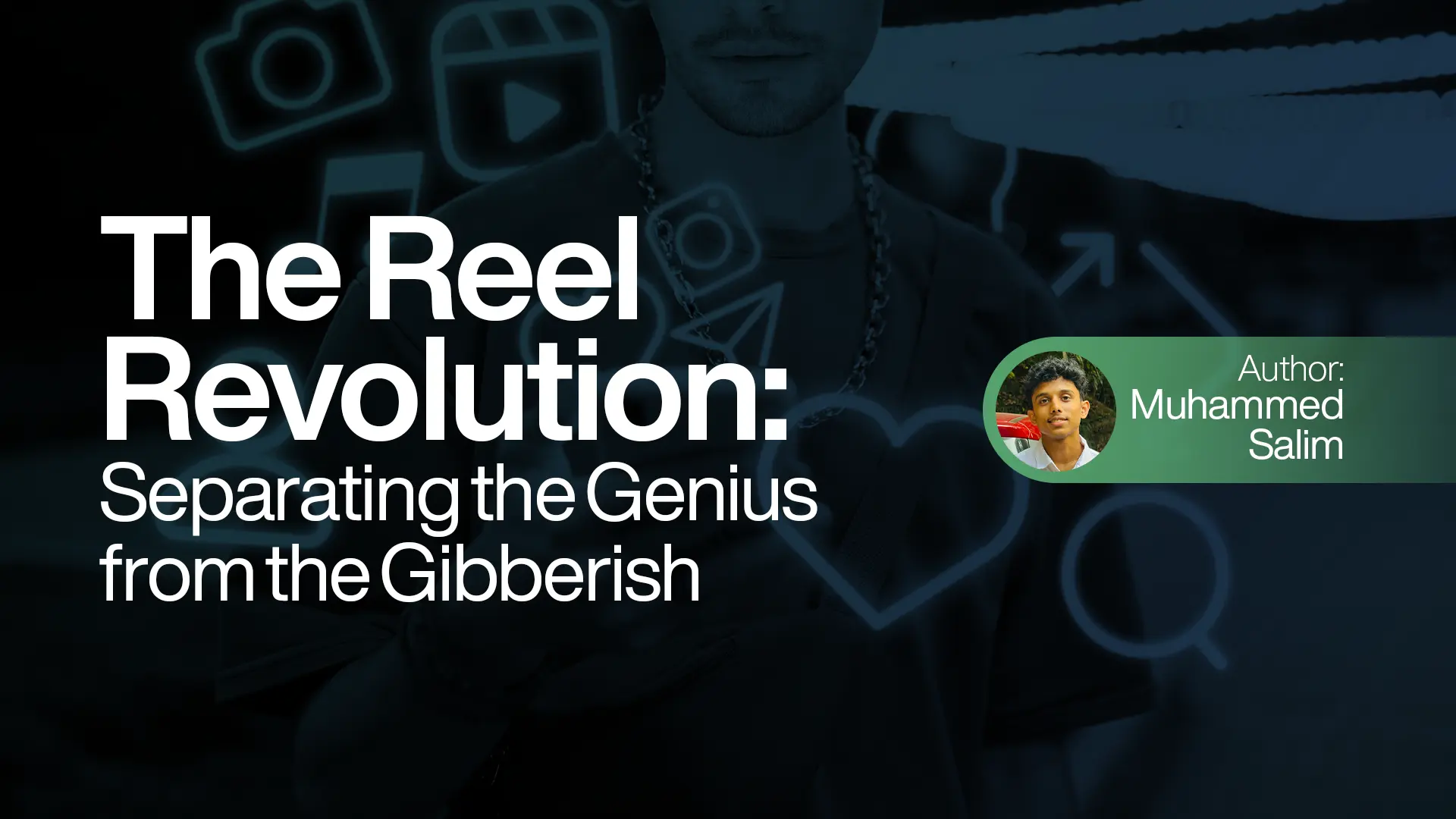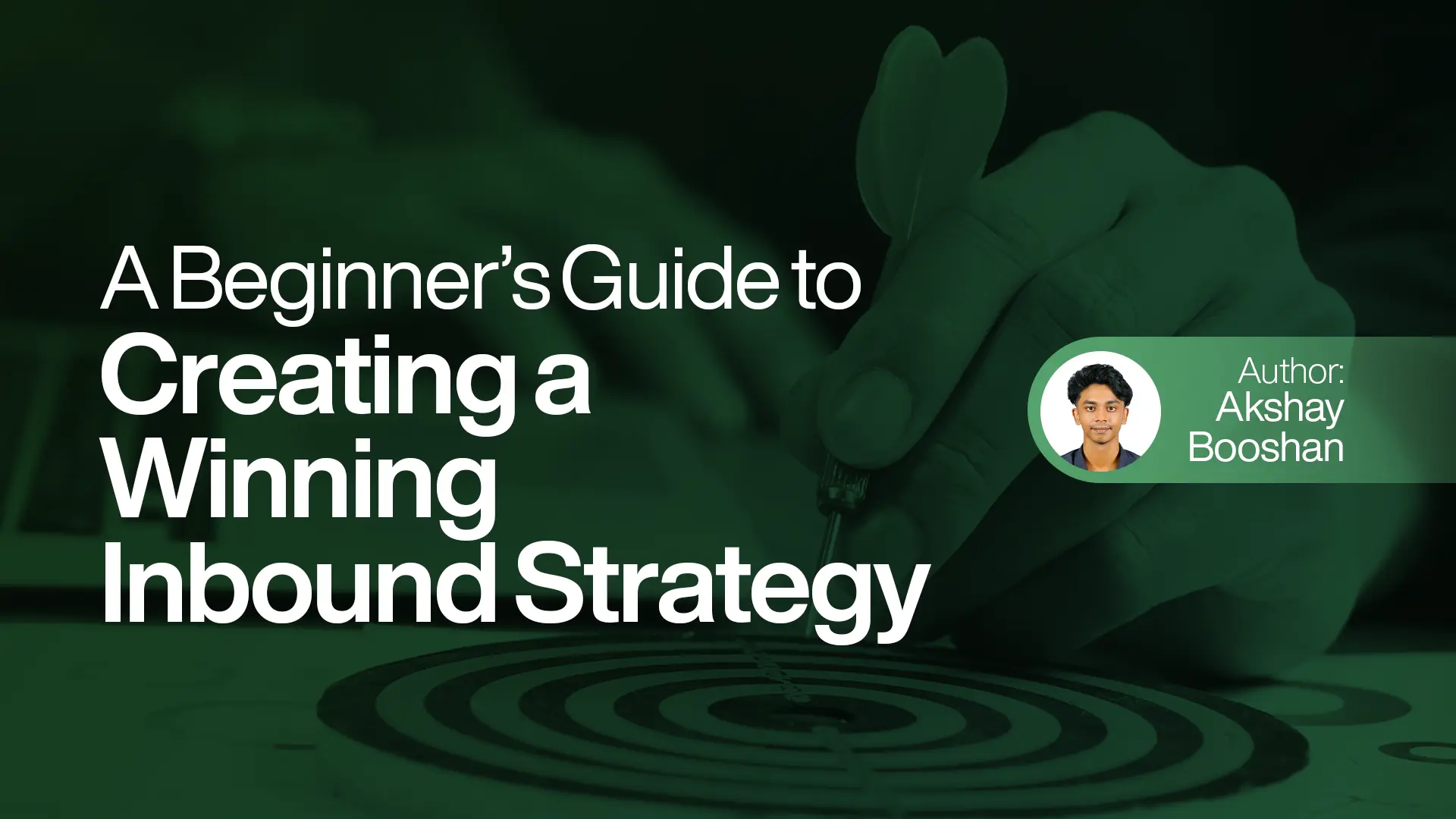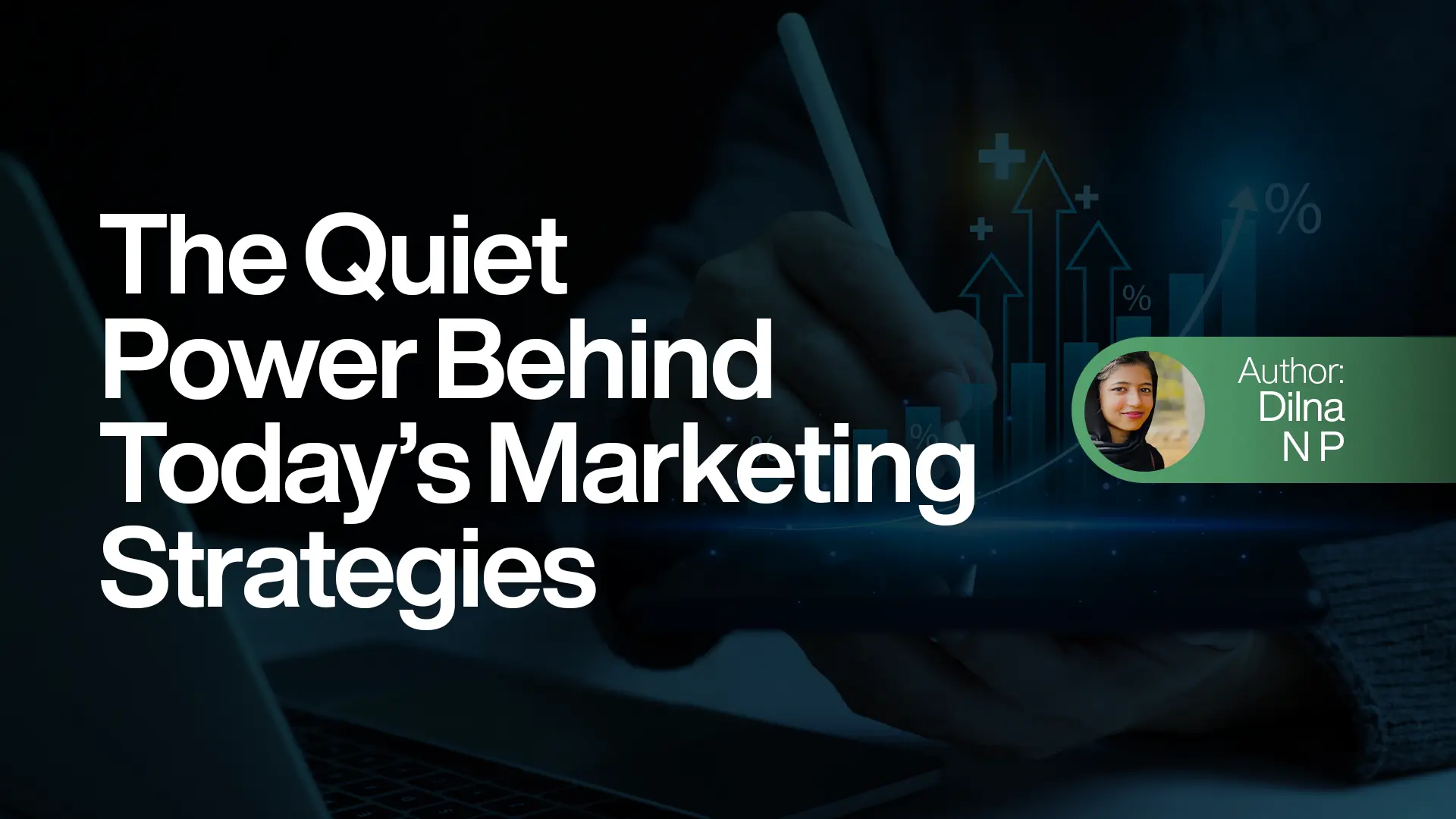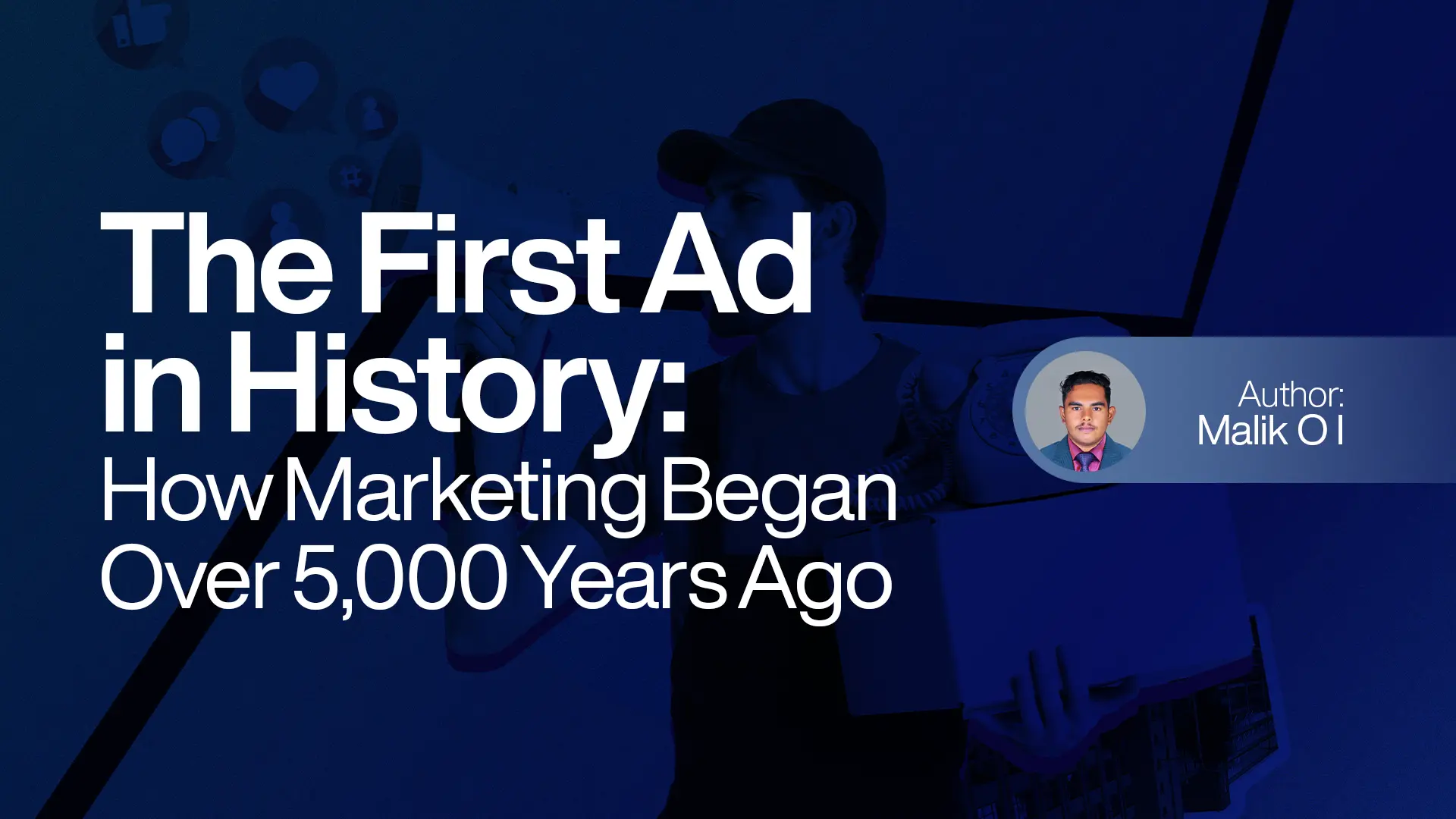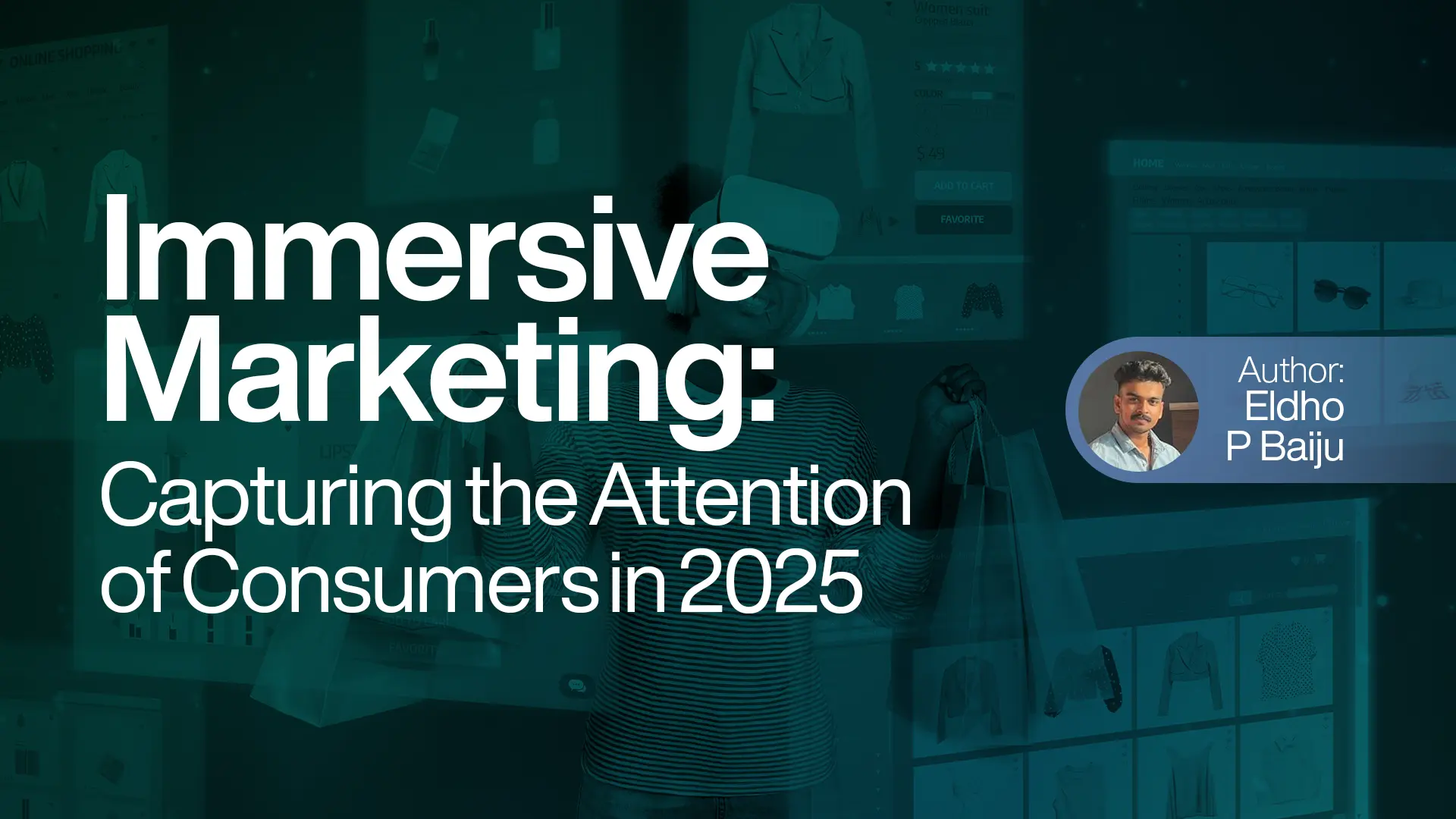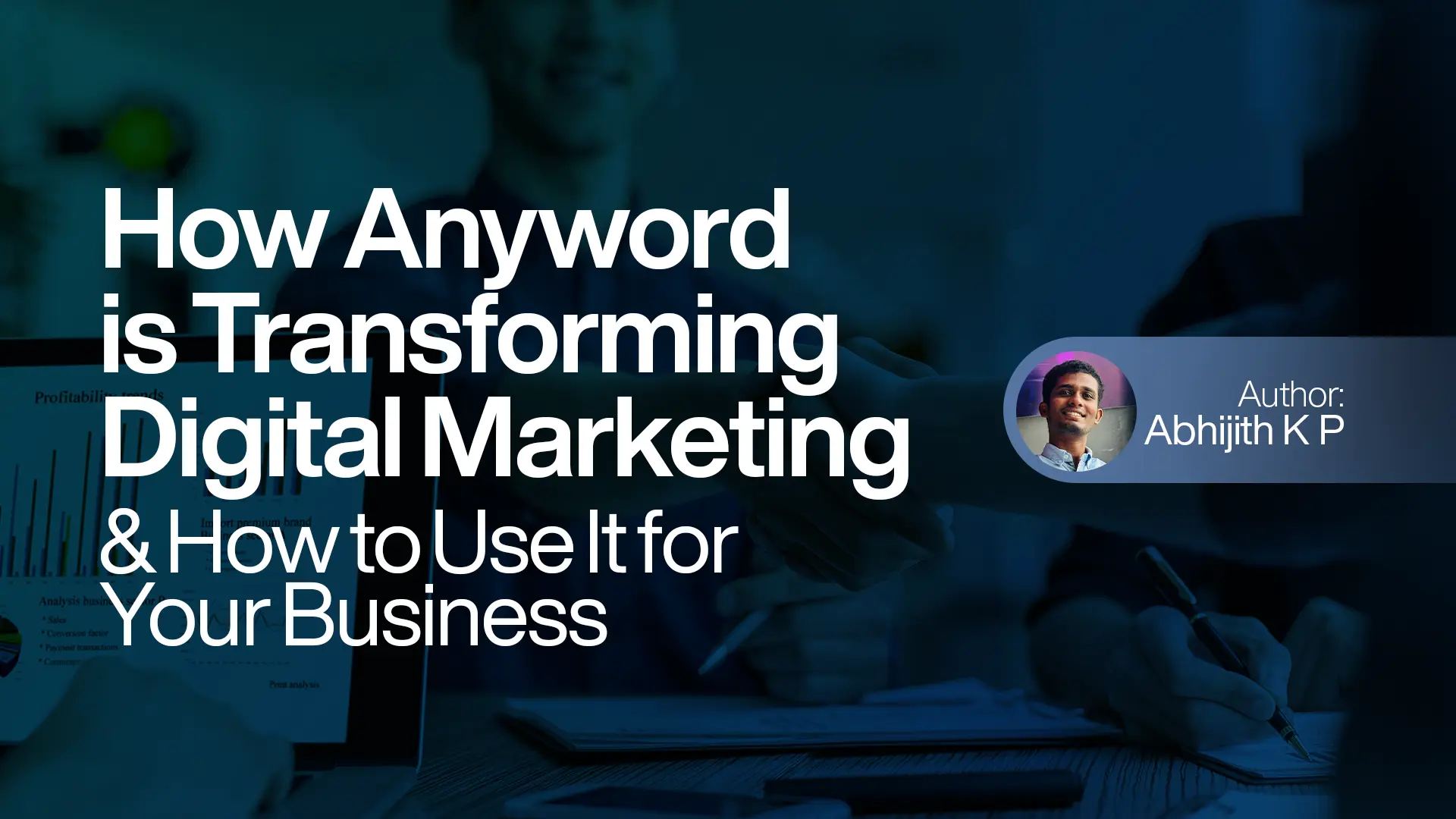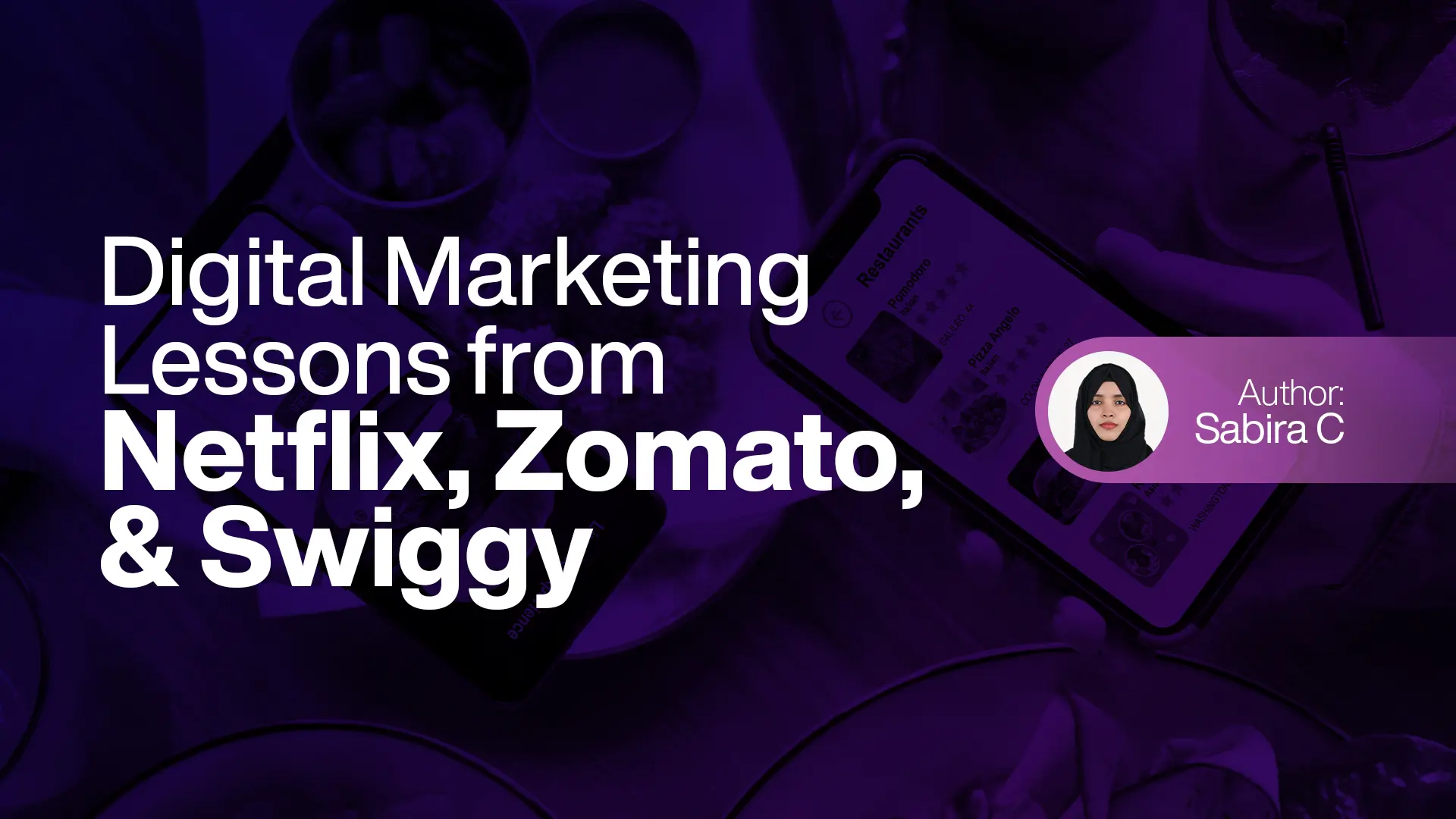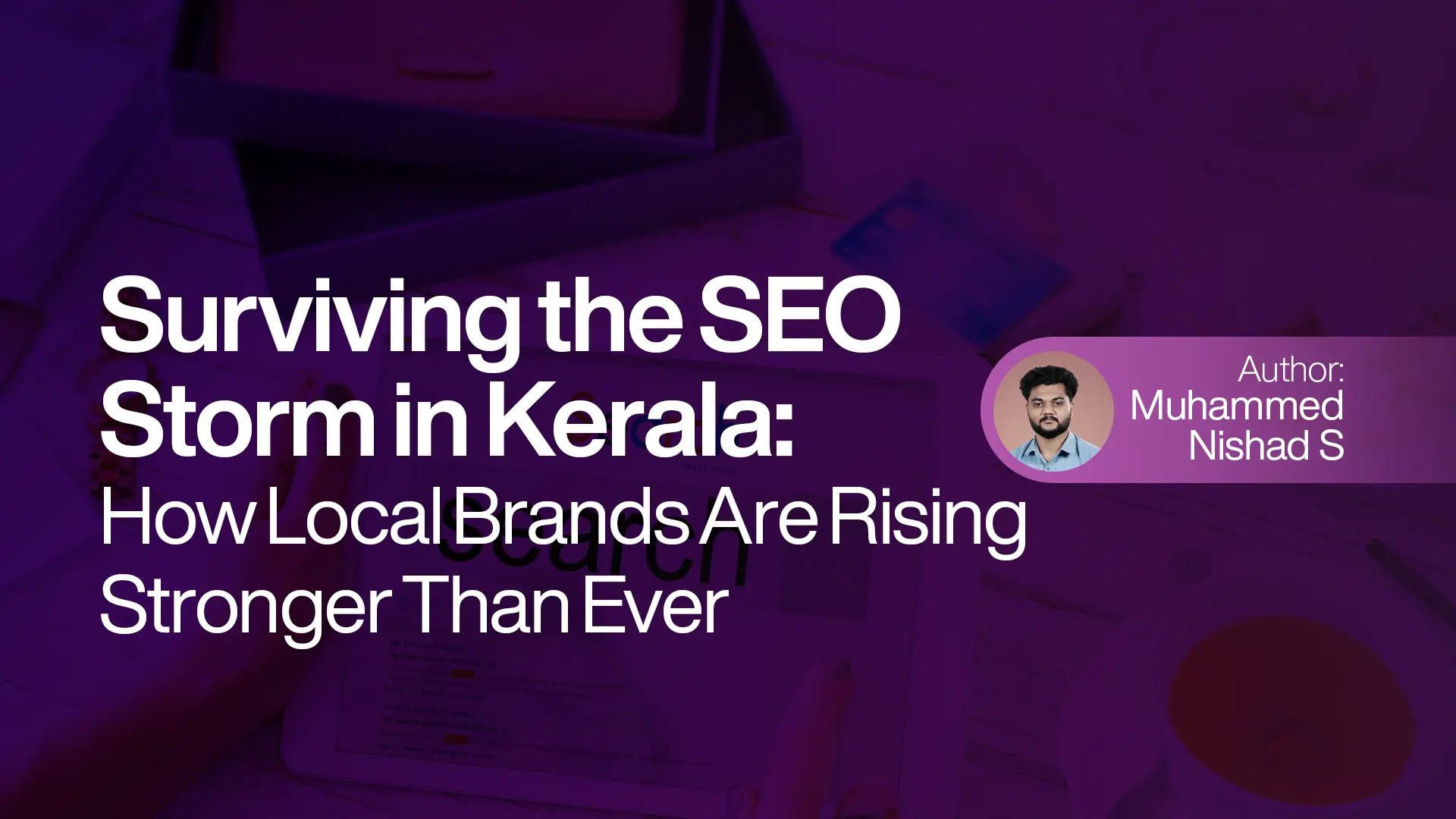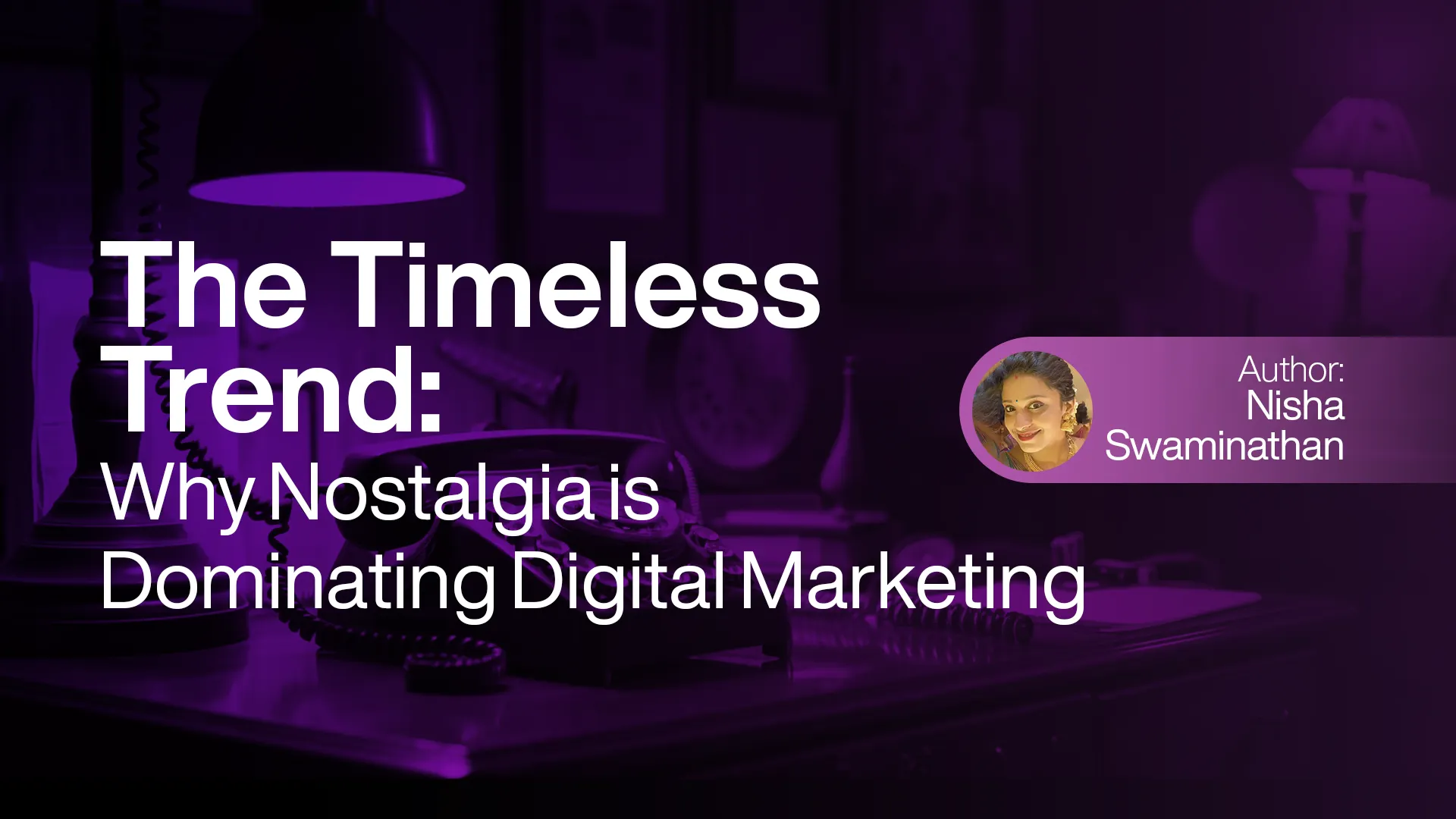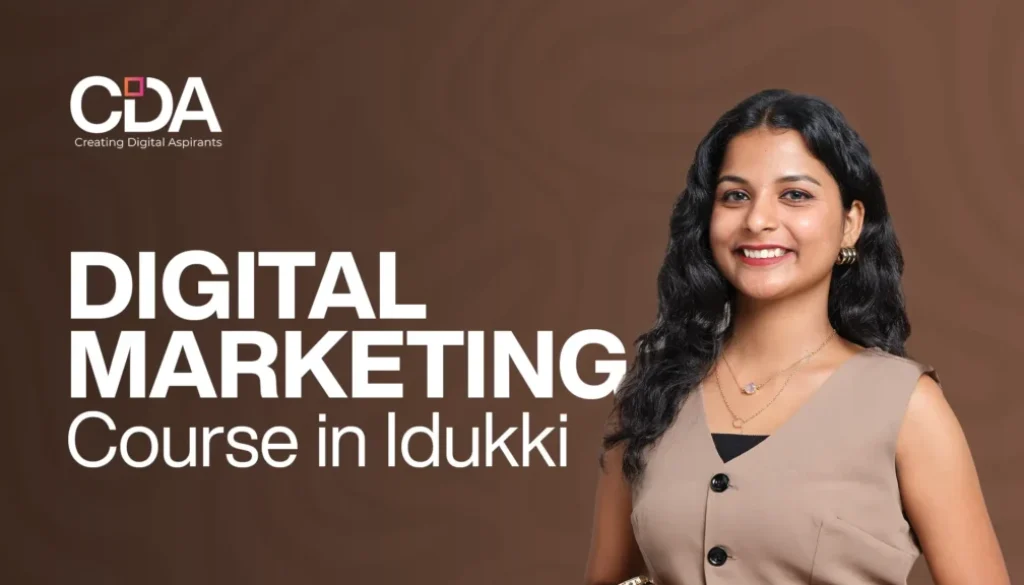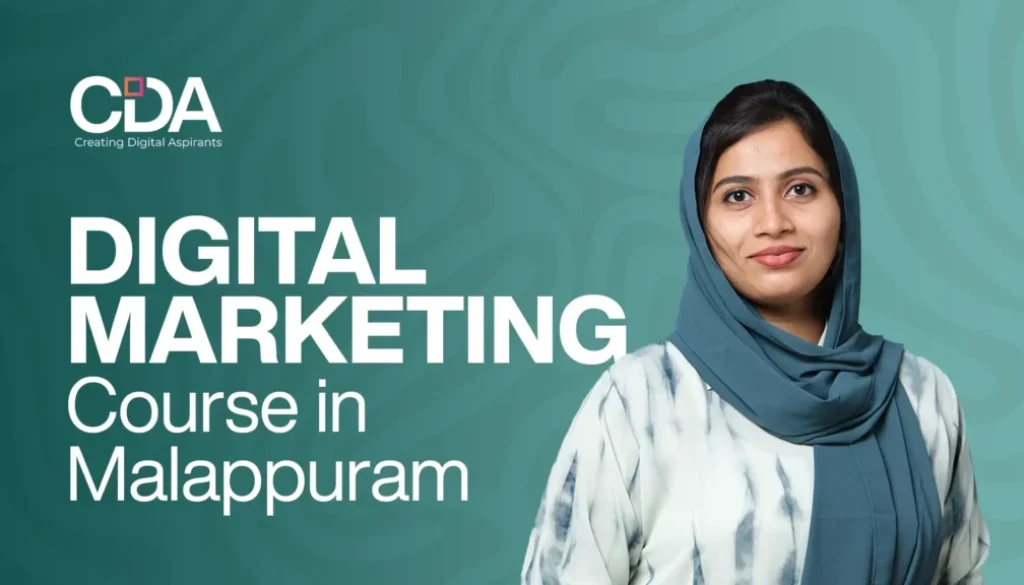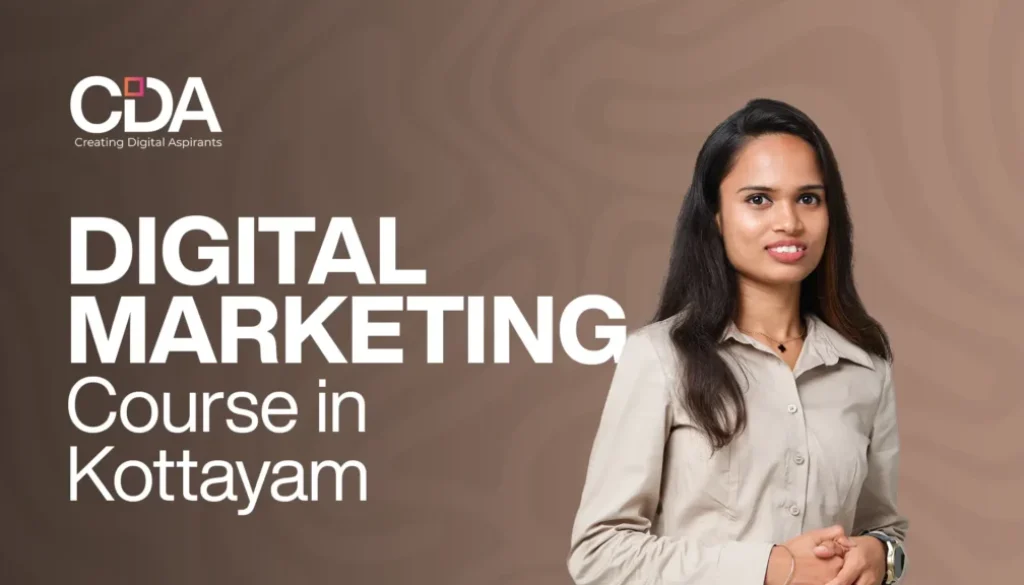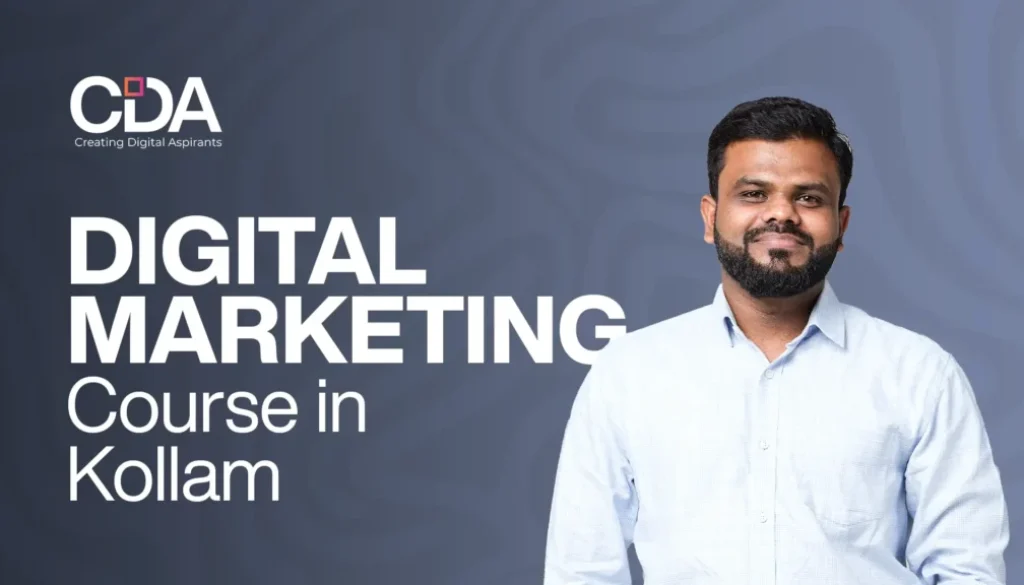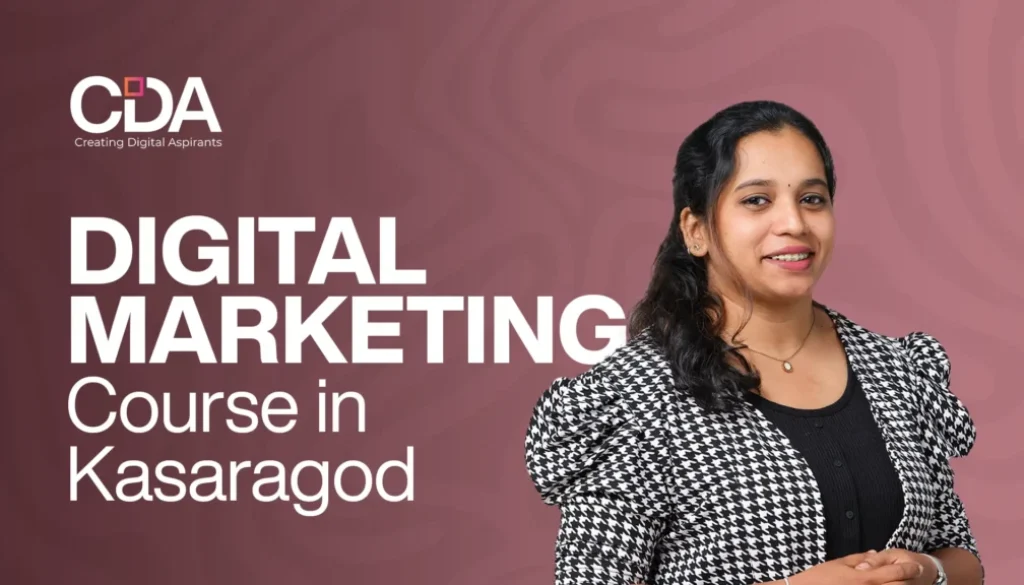When people think of social media marketing, they usually picture content calendars, creative visuals, trending audio, and scheduling tools. We focus so much on what we say that we often forget the value of simply listening.
In a digital world where everyone’s talking, those who listen stand out. Brands, marketers, and creators frequently undervalue listening as a strategic superpower. And if you're not doing it, you're leaving opportunities and meaningful connections on the table.
Let’s explore why listening is the secret weapon of impactful social media marketing and how to actually do it right.
Why Listening Matters More Than Ever
The social media space has evolved. It’s no longer a one-way broadcast channel. Users prefer to participate in the conversation rather than be spoken to. And that’s where listening comes in.
Listening unlocks powerful insights. It helps generate better content ideas because your audience is already telling you what they care about. If you're paying attention to their comments, DMs, and reactions, content strategy becomes less about guessing and more about responding to real needs.
It also strengthens brand loyalty. When people feel heard, they feel valued. Something as simple as acknowledging a comment or responding to feedback can turn a casual follower into a lifelong advocate.
Listening is critical for crisis management as well. Spotting issues early whether it’s a customer complaint, misinformation, or a viral negative review can help you respond before things spiral out of control.
In addition, social listening plays a major role in product and service improvement. Social media is often the first place people go to voice complaints or suggestions. Ignoring that feedback is like ignoring free market research.
How to Build Listening Into Your Social Strategy
Here’s how to turn listening from a passive action into a proactive marketing strategy.
Start by using the right tools. Manual monitoring works for smaller brands, but if you’re managing multiple accounts, listening tools are essential. Platforms like Brandwatch or Sprout Social offer sentiment analysis, while TweetDeck can help you stay on top of live conversations on Twitter/X. Instagram and TikTok comment filters can flag key messages, and Google Alerts can notify you of brand or industry mentions. These tools don't just tell you what was said, they often reveal tone, urgency, and patterns over time.
Next, create a listening ritual. Make it a non-negotiable part of your social workflow. For instance, spend 15–30 minutes daily scanning comments, replies, and mentions. Every week, review your top-performing posts and reflect on why they worked, what were people saying? Monthly, look for recurring questions, complaints, or praises that can guide future content or campaigns.
Don’t limit your listening to just your own audience. Your followers are important, but so is the broader landscape. Pay attention to competitors: what are their followers loving or criticizing? Keep an eye on your industry to understand the general sentiment around your niche. Observe what creators and influencers are talking about, as they often spot trends before they go mainstream. This wider perspective gives you context and helps ensure your content is timely and relevant.
Of course, listening means little if you don’t respond. But the response should be thoughtful and strategic. When someone shares positive feedback, thank them or ask for permission to repost. If you receive constructive criticism, acknowledge it publicly and resolve it privately when possible. For customer service issues, move the conversation to direct messages, but don’t delete the comment unless it breaks your community guidelines. People watch how brands respond. Authentic engagement builds trust faster than paid ads ever could.
Real-World Example: Duolingo
Duolingo’s TikTok is often praised for its quirky humor and strong brand personality, but behind the entertainment is smart, intentional listening. The team doesn't just post for laughs; they closely monitor trends, comments, and what competitors are doing. When they noticed users enjoying the owl mascot’s sassy attitude, they leaned in and made it central to their content strategy. That choice wasn’t based on guesswork, it was informed by active listening. Today, Duolingo is one of the most recognizable and engaging brands on TikTok, largely because they don’t just speak. They listen.
For Brands, Marketers, and Creators Alike
No matter your size, sector, or platform, listening gives you a competitive edge. For brands, it can reveal unmet needs and guide product development or messaging. Marketers can avoid missteps and create more relevant, resonant campaigns. Creators can foster tighter communities by making their followers feel genuinely seen and heard. The best part? You don’t need a huge budget to listen, just a willingness to pay attention.
Final Thoughts: Stop Guessing, Start Listening
The next time you're about to brainstorm content or build a campaign, take a moment to pause. Read your comments. Observe conversations in your niche. Ask your audience questions. Explore Reddit threads. Review how people are engaging with your competitors.
Great social media isn’t just about what you say, it's about how well you listen before you speak. The most successful brands in 2025 and beyond won’t necessarily be the loudest. They’ll be the ones that listen better than anyone else.
Author Info
Alen Y, a Social Media Manager in India.
Learner of CDA Digital Marketing Course in Kochi, Kerala.

